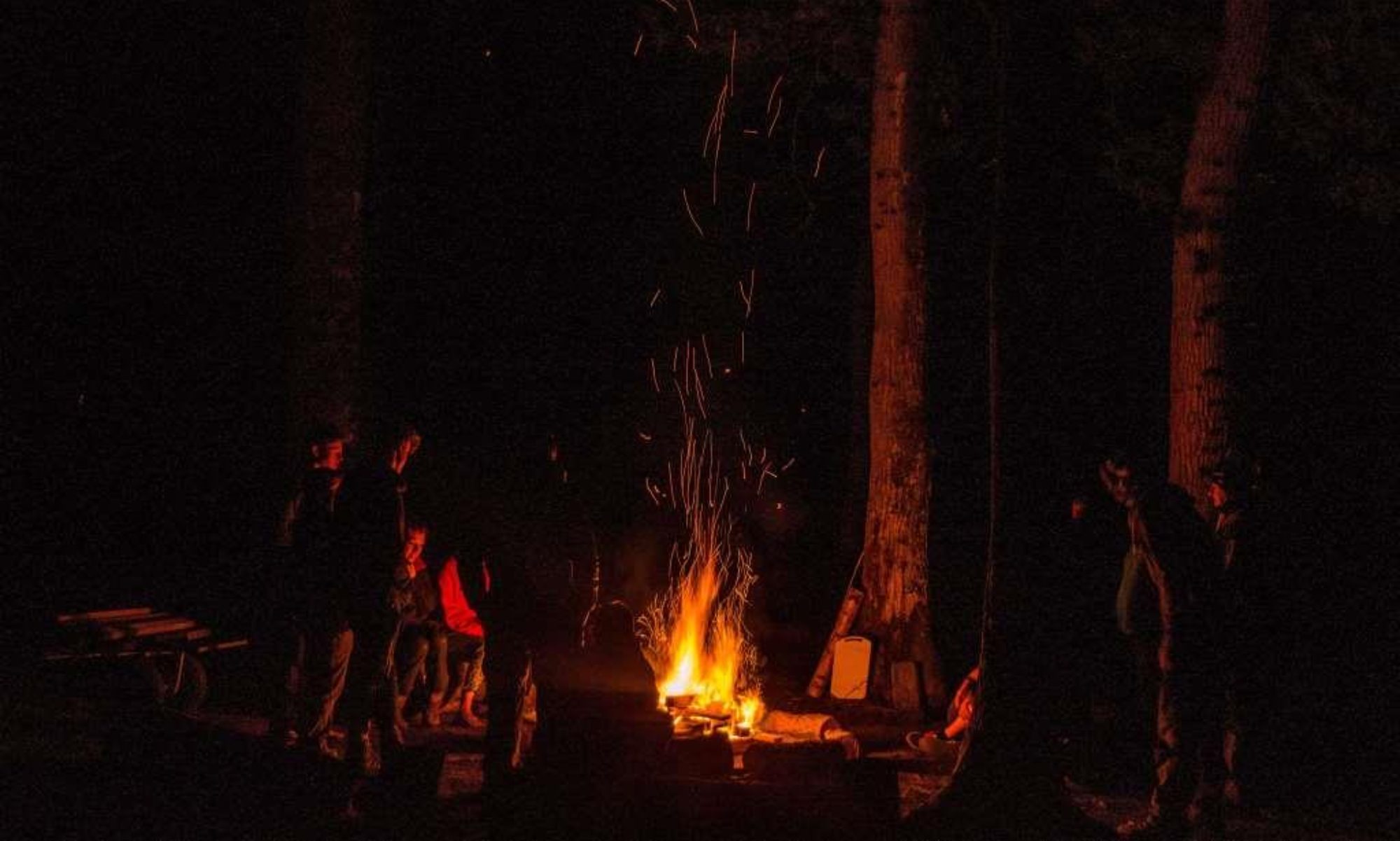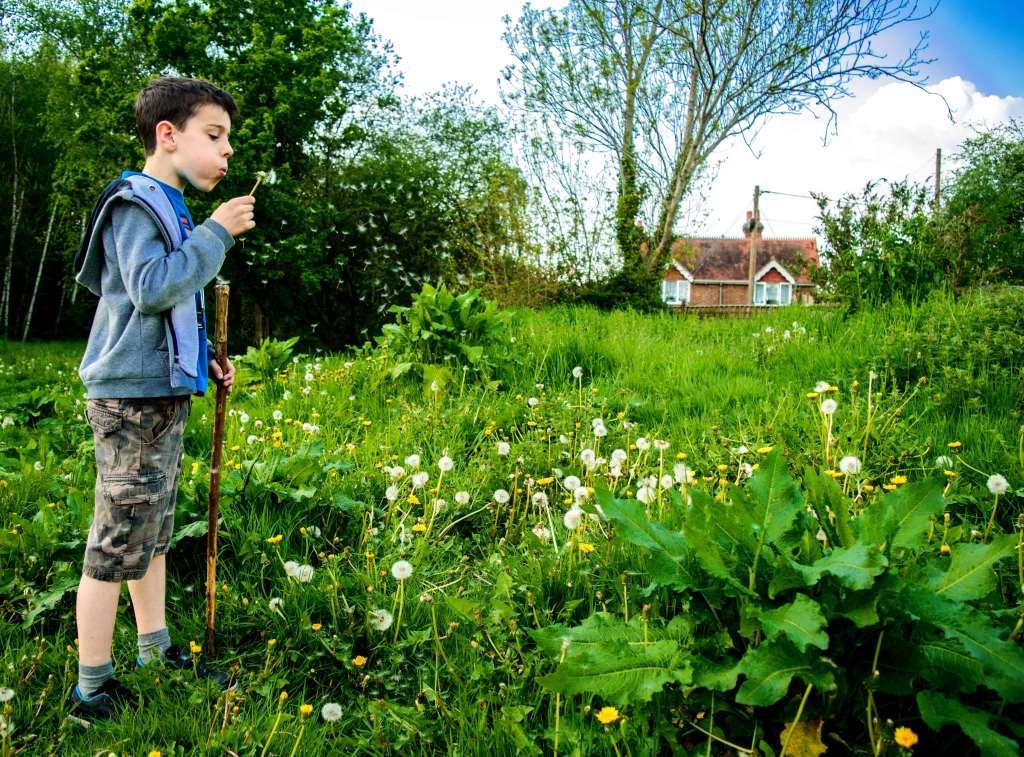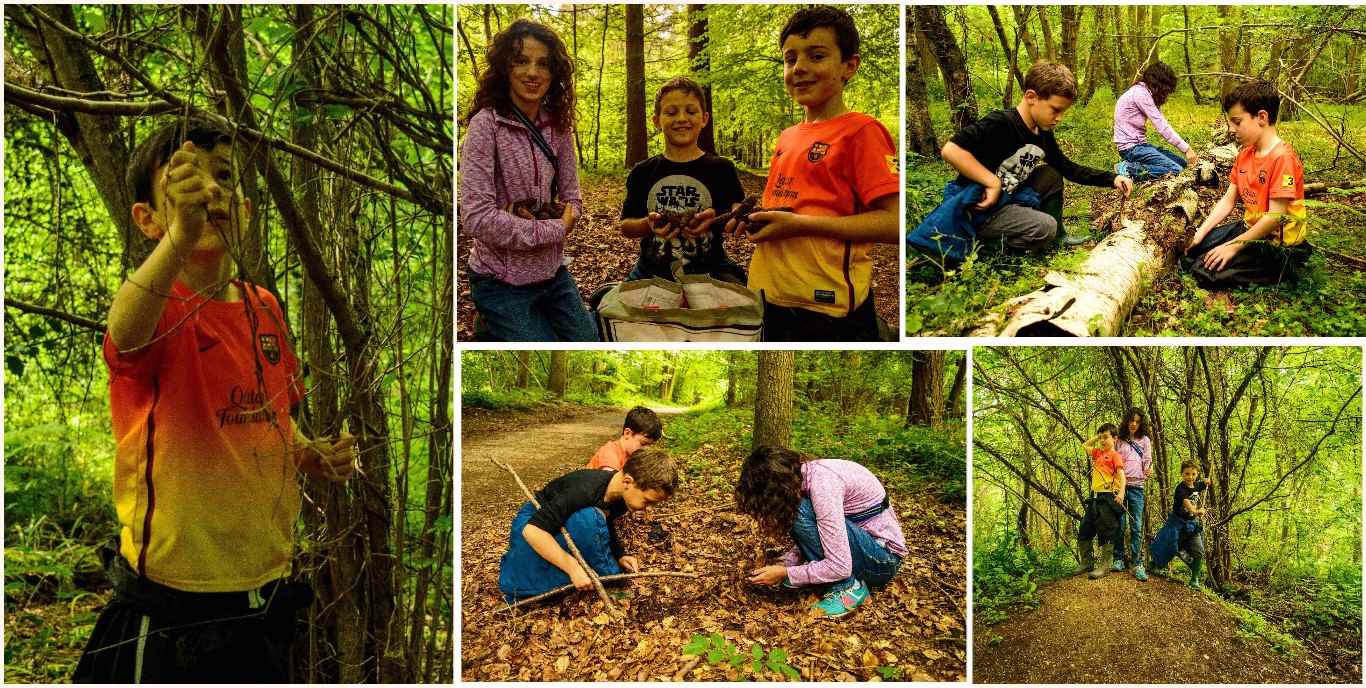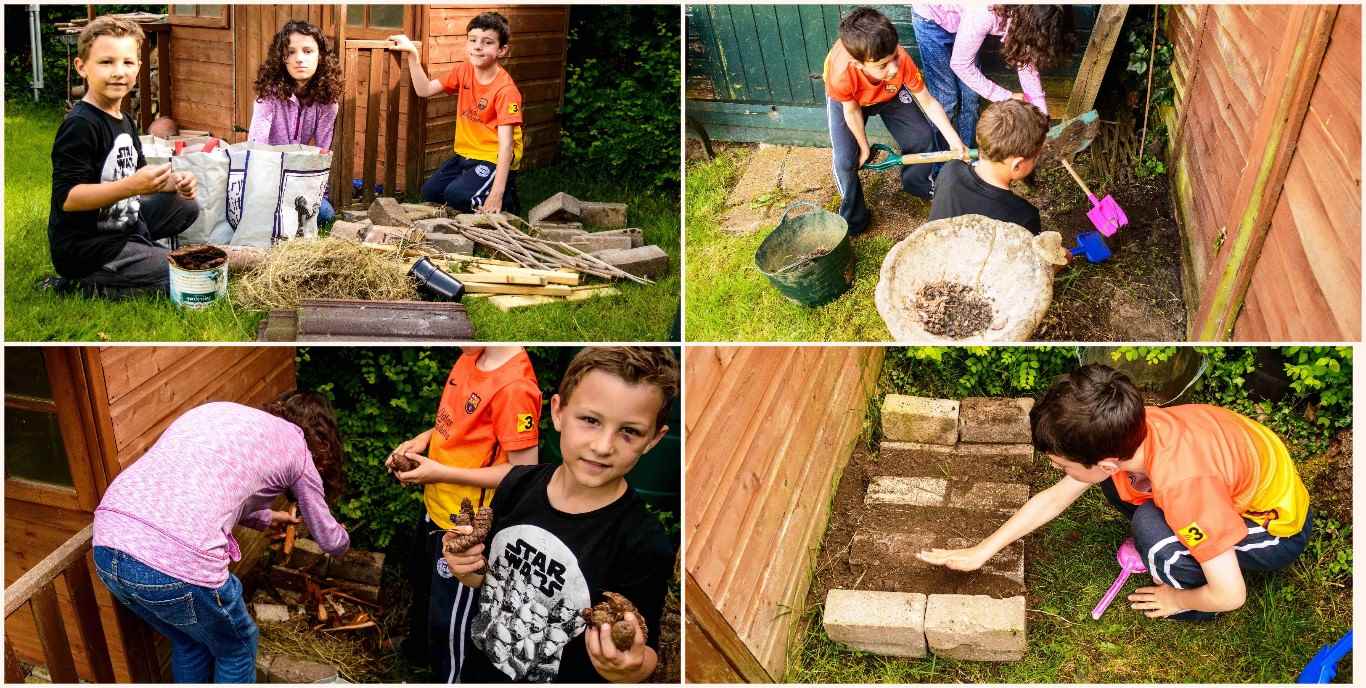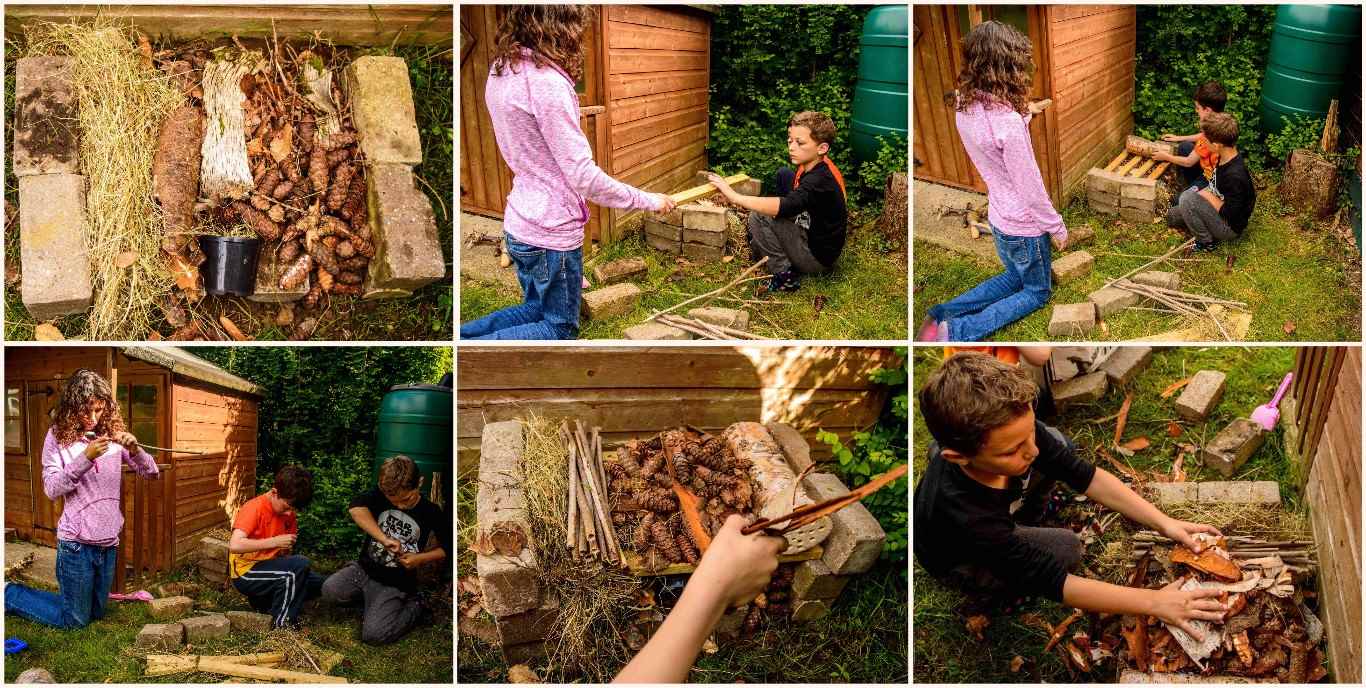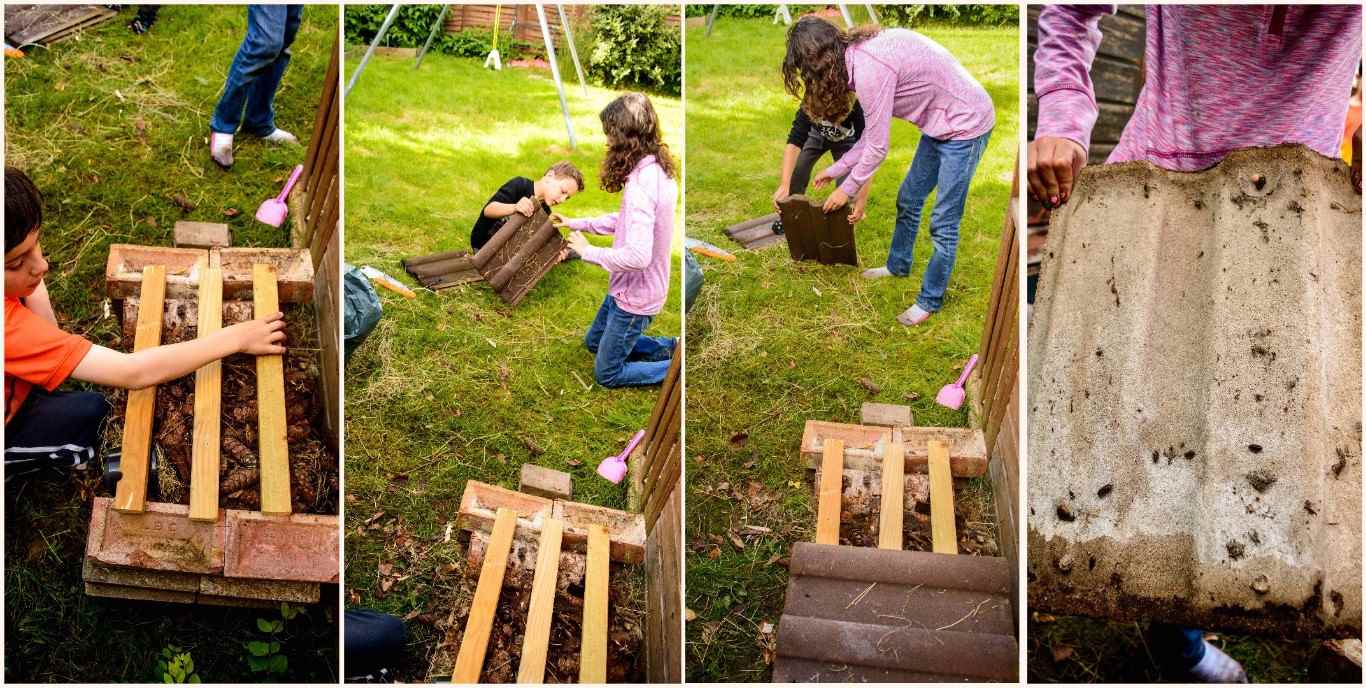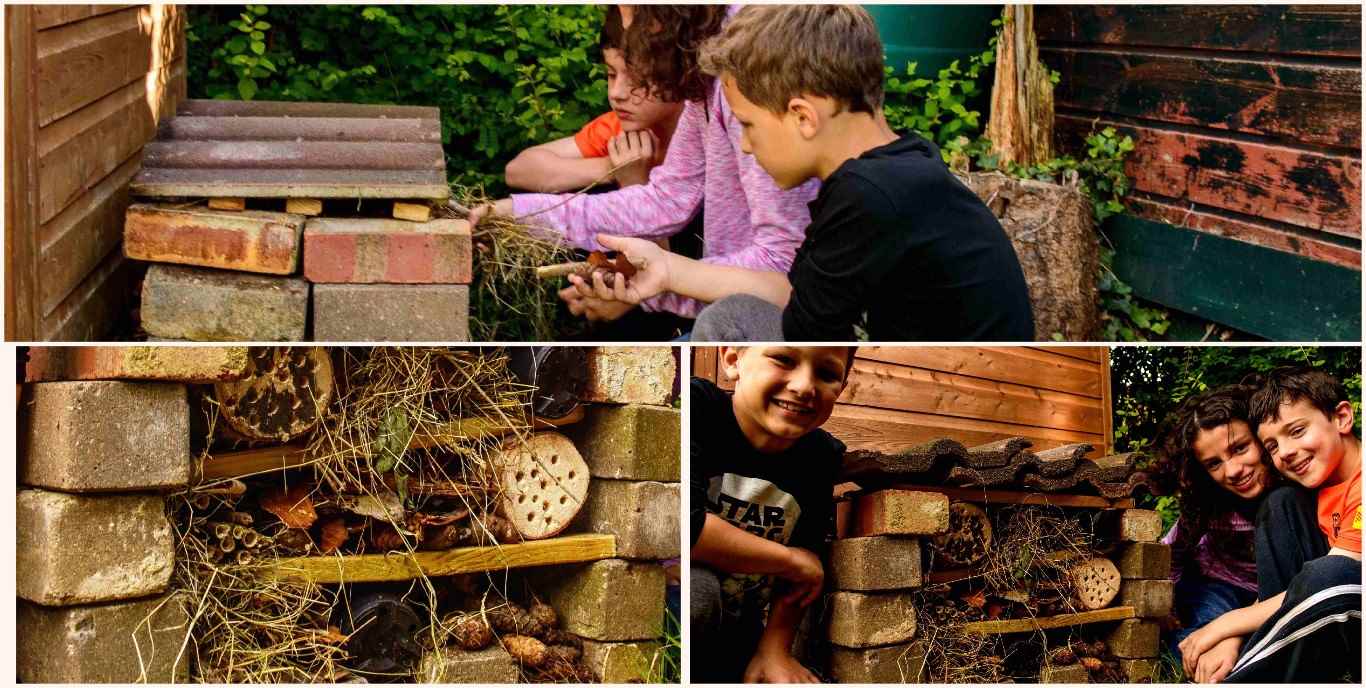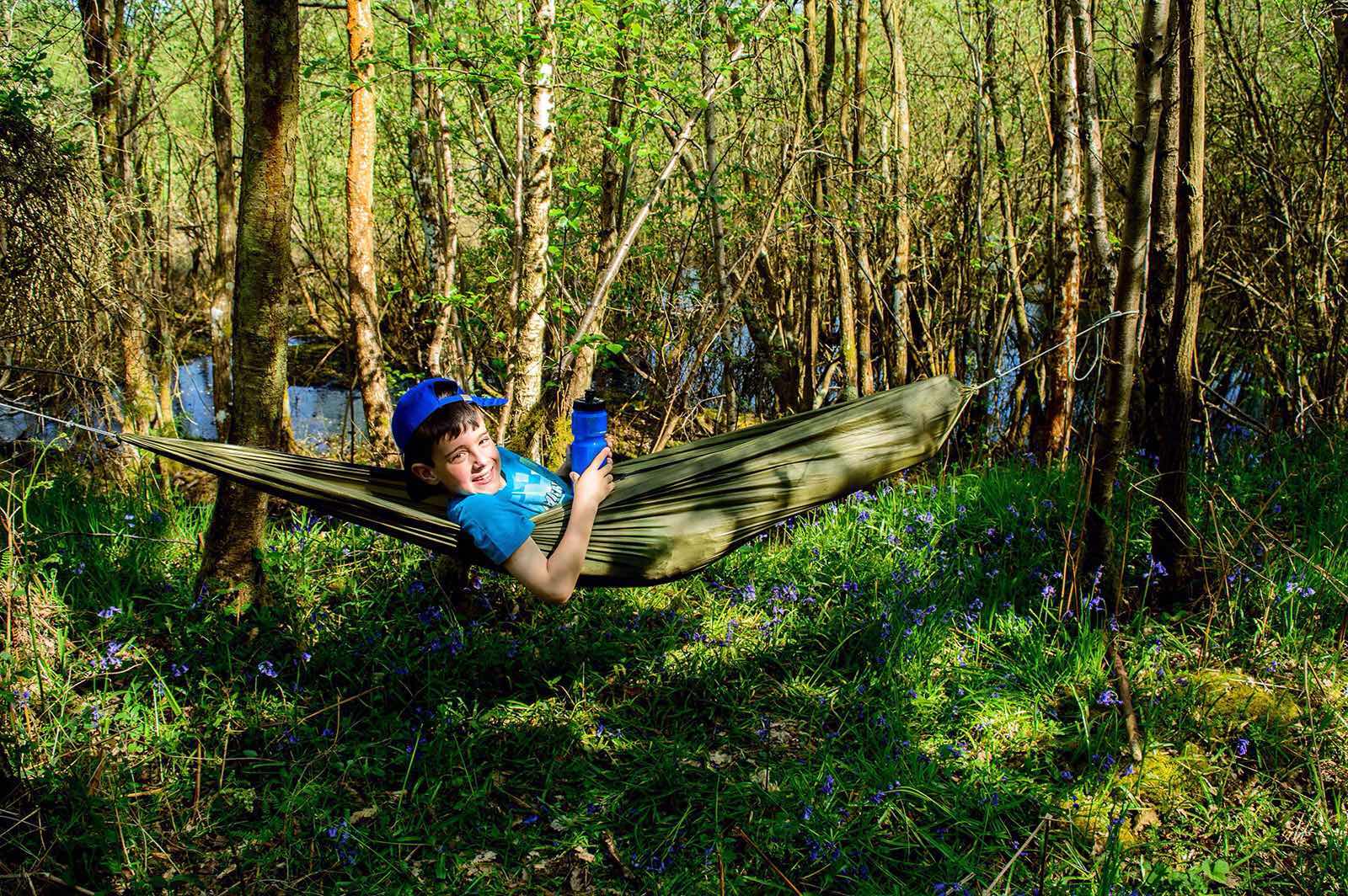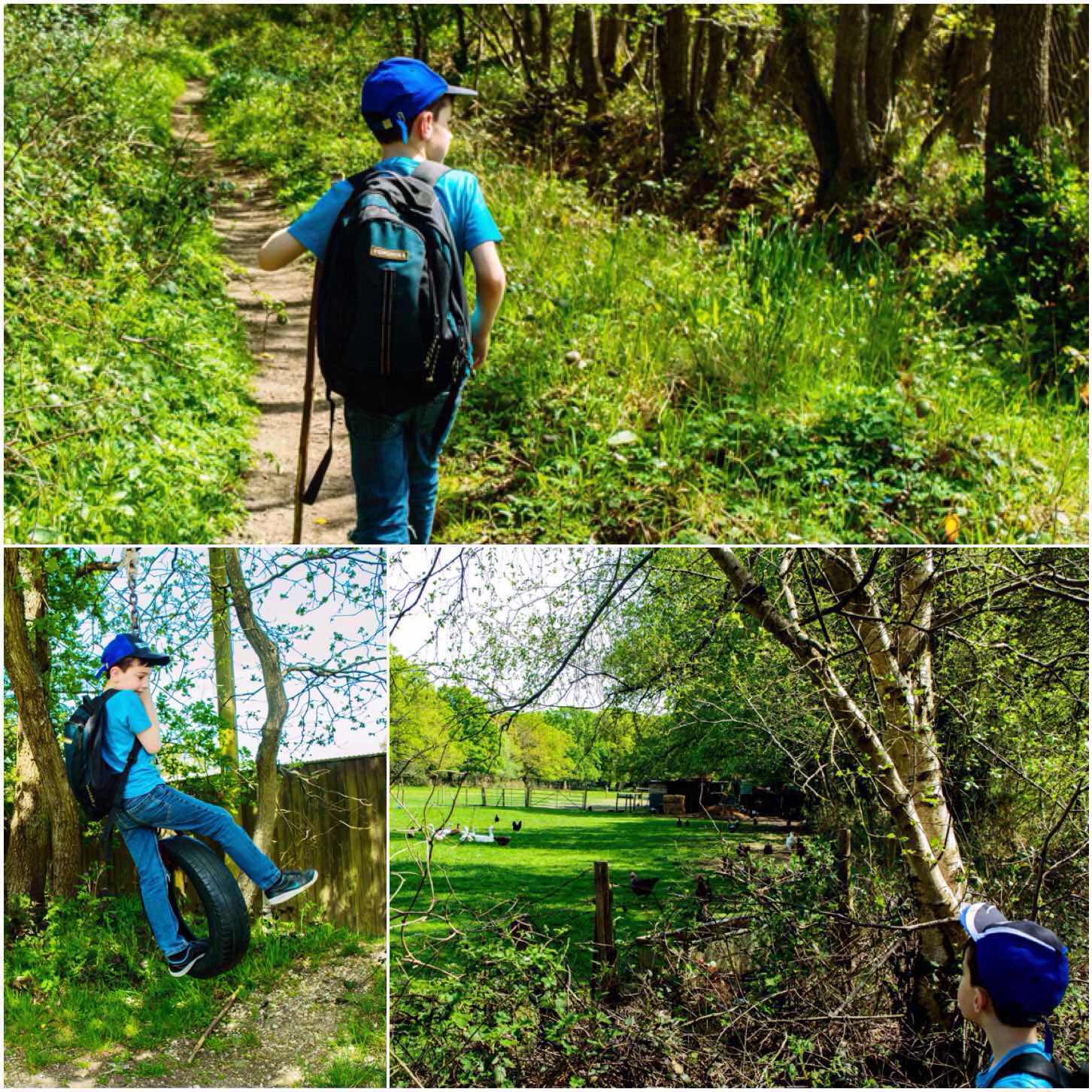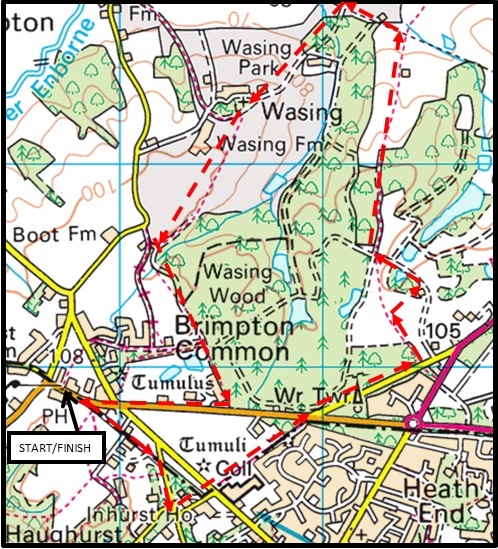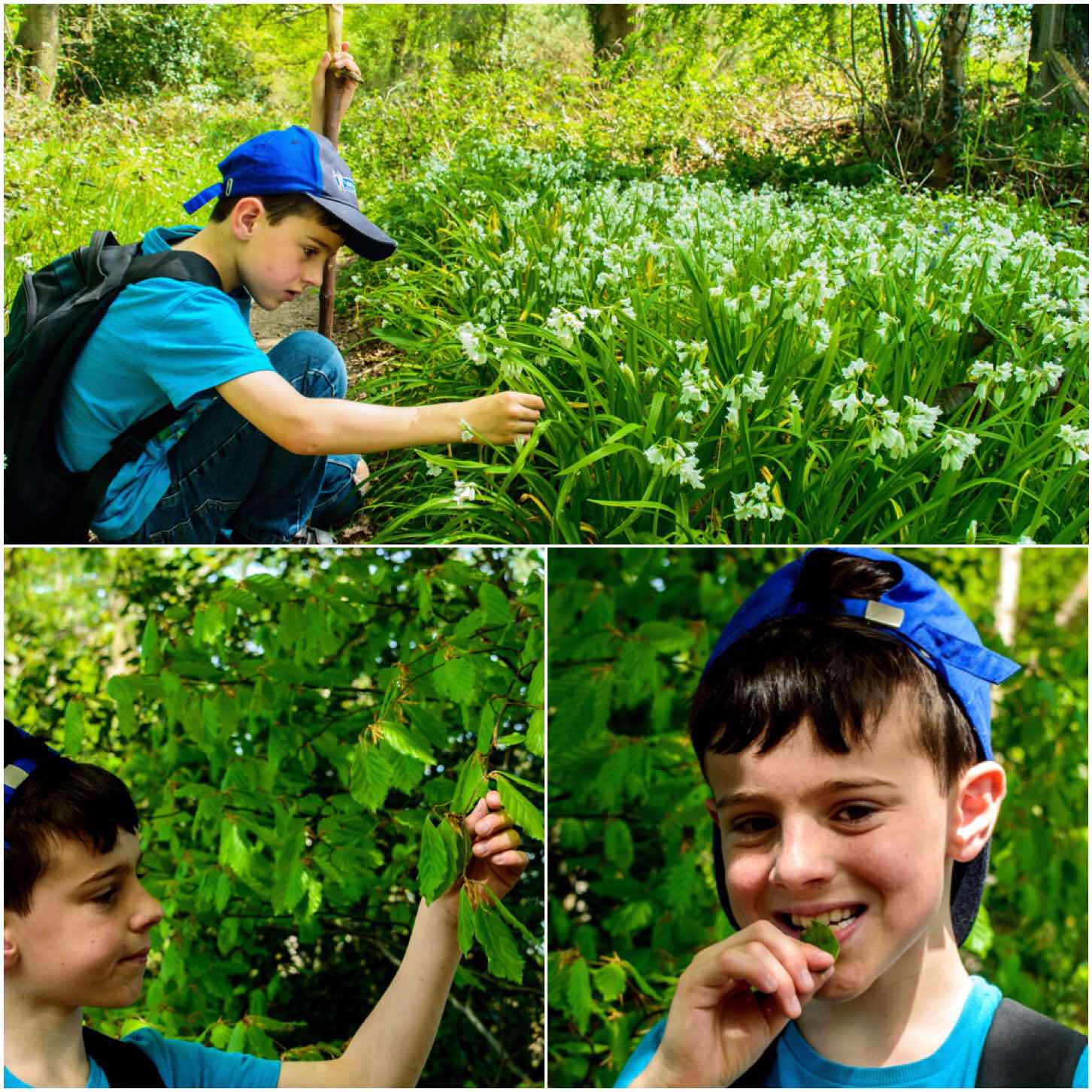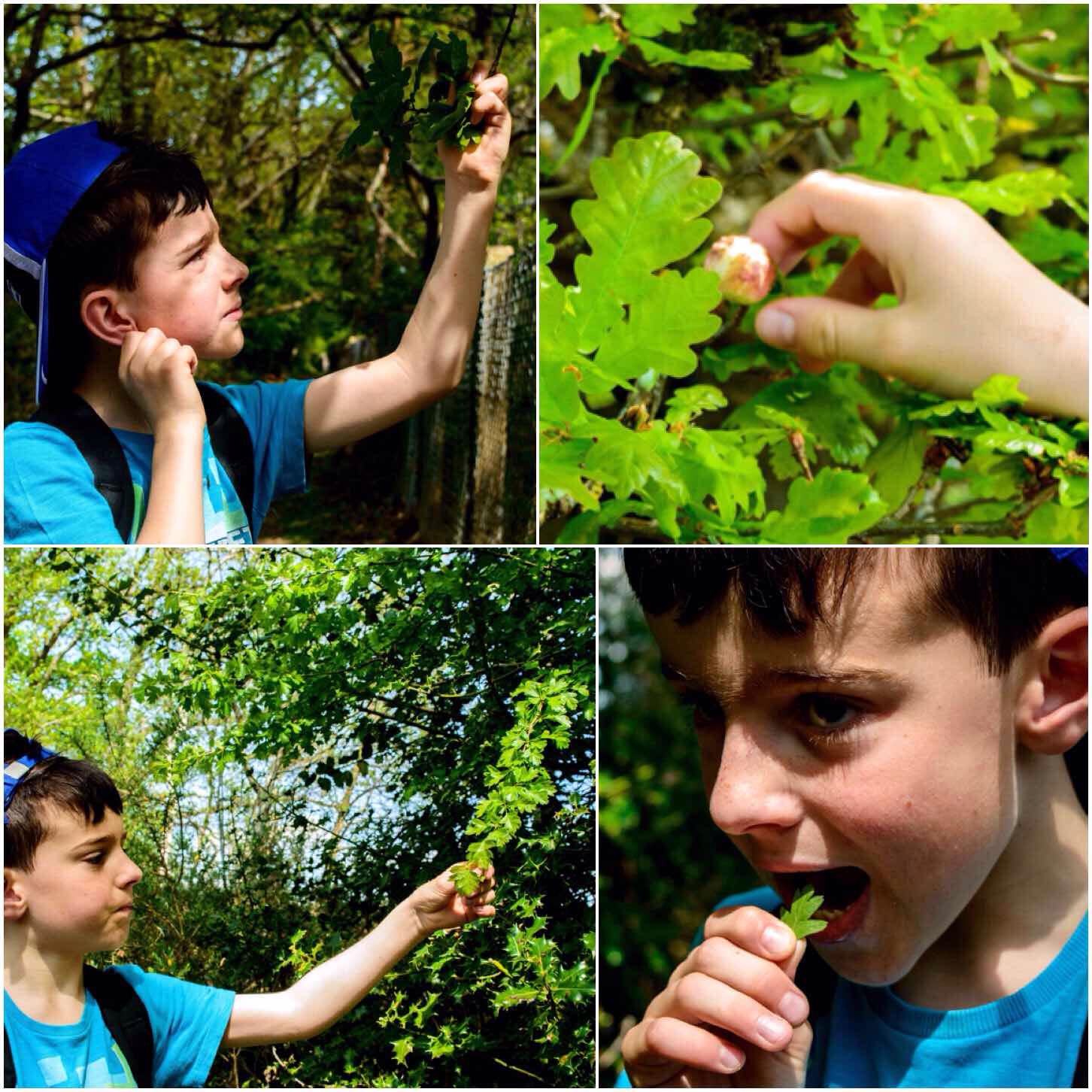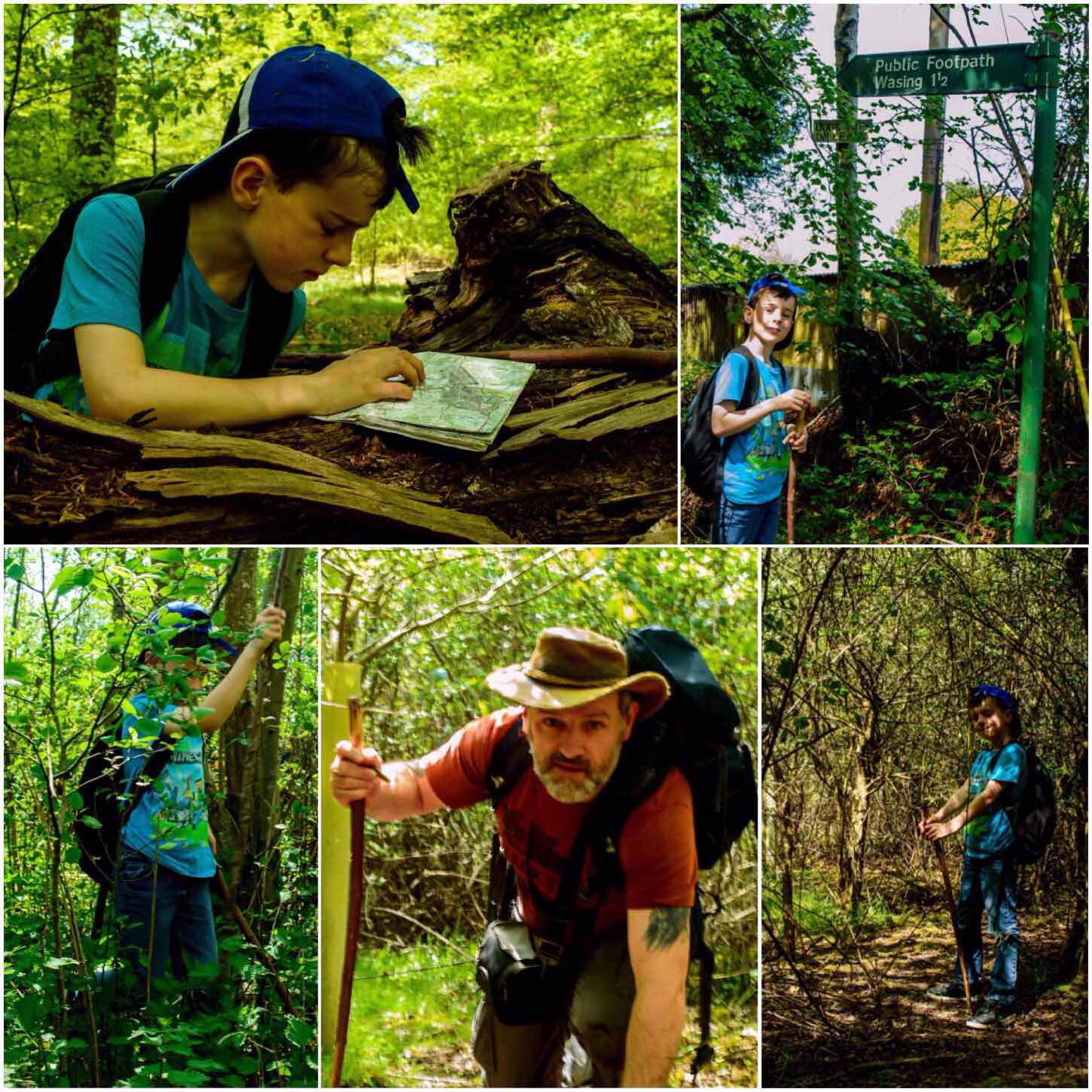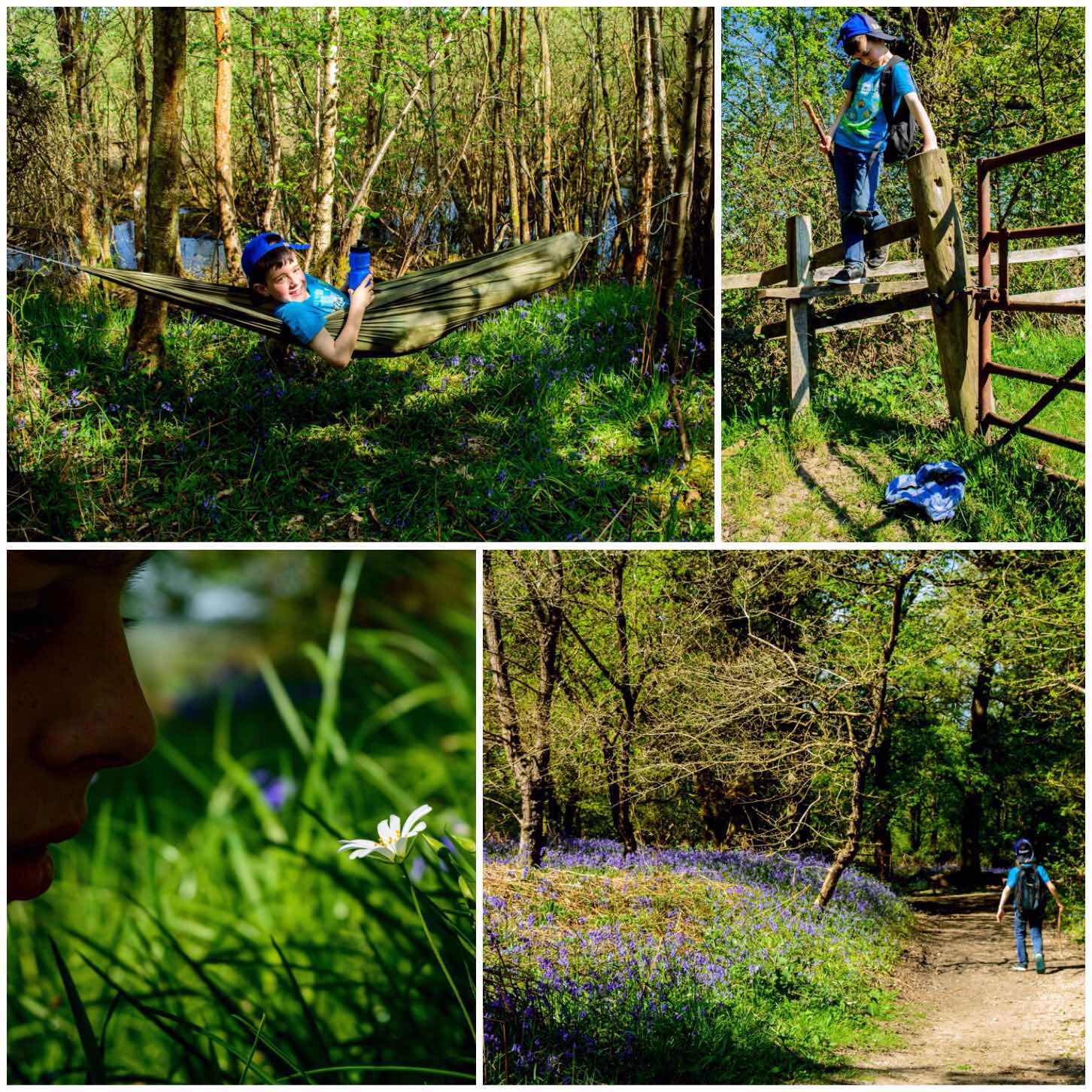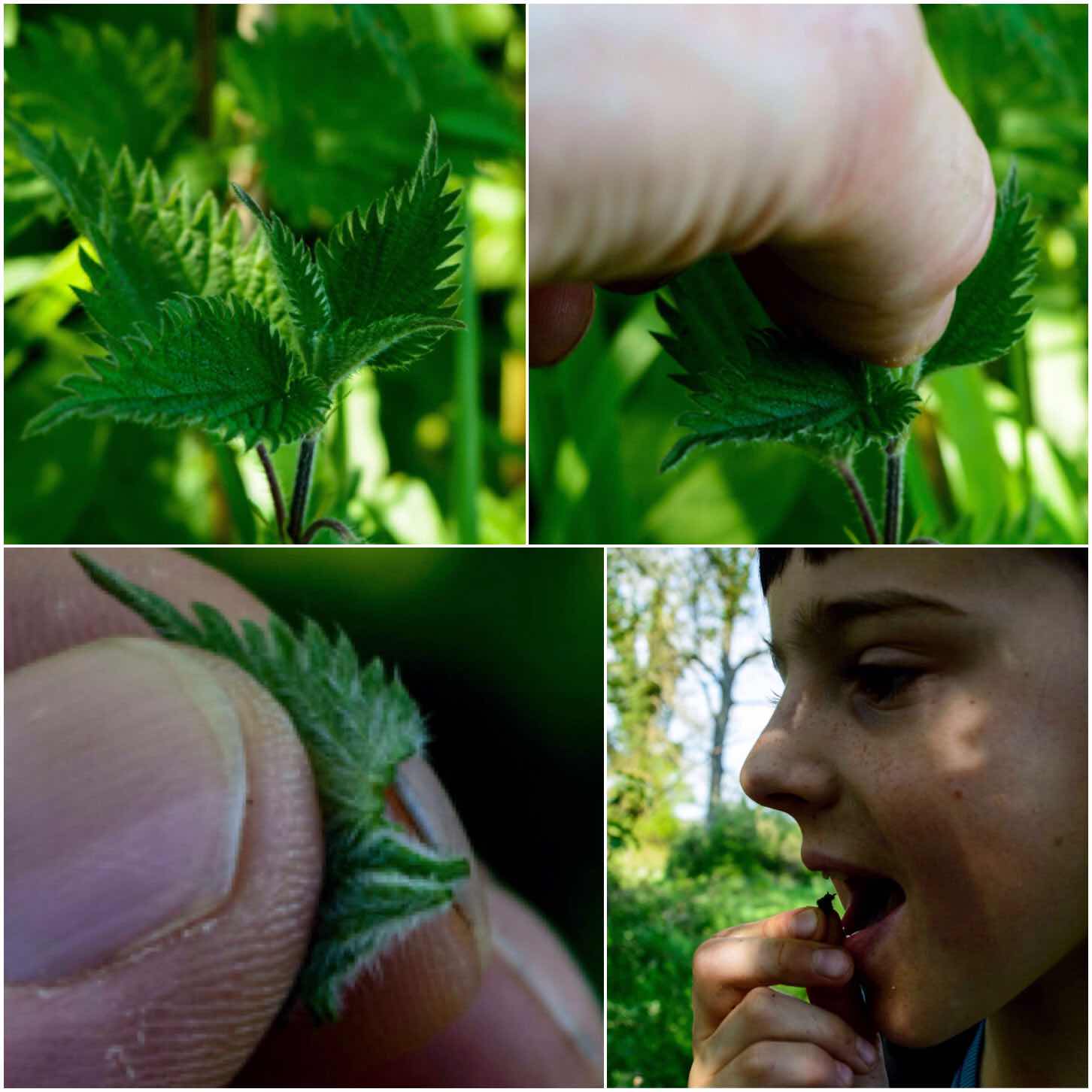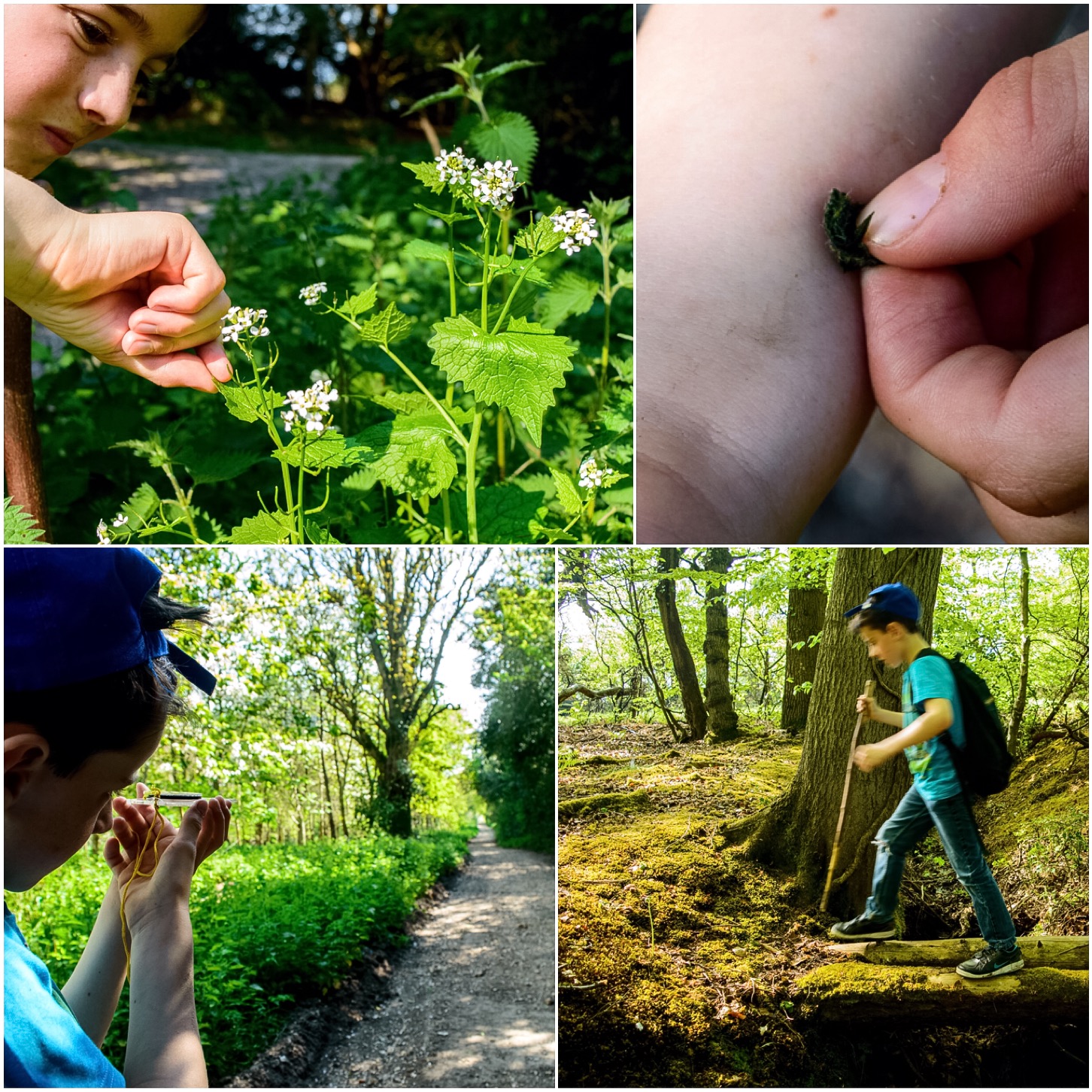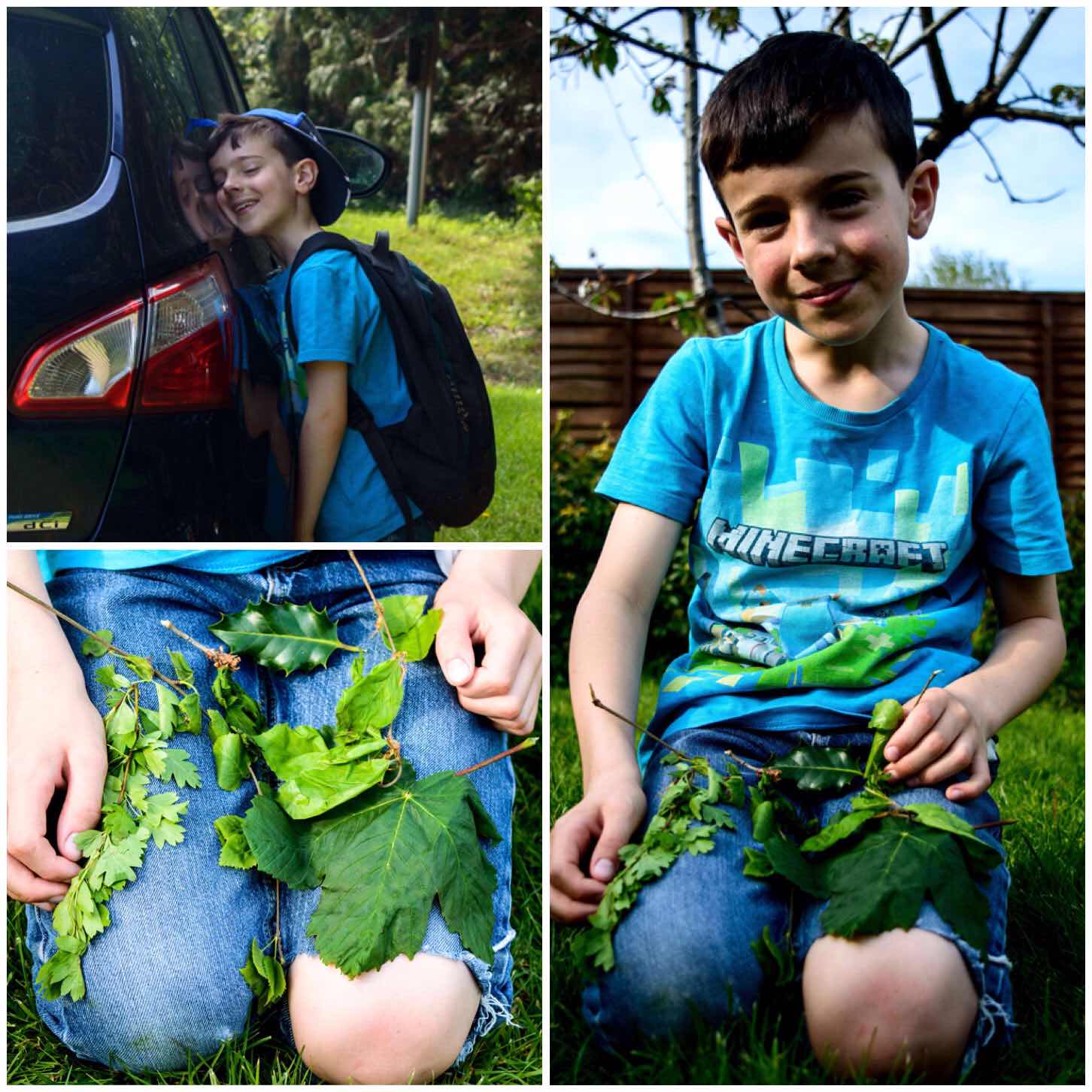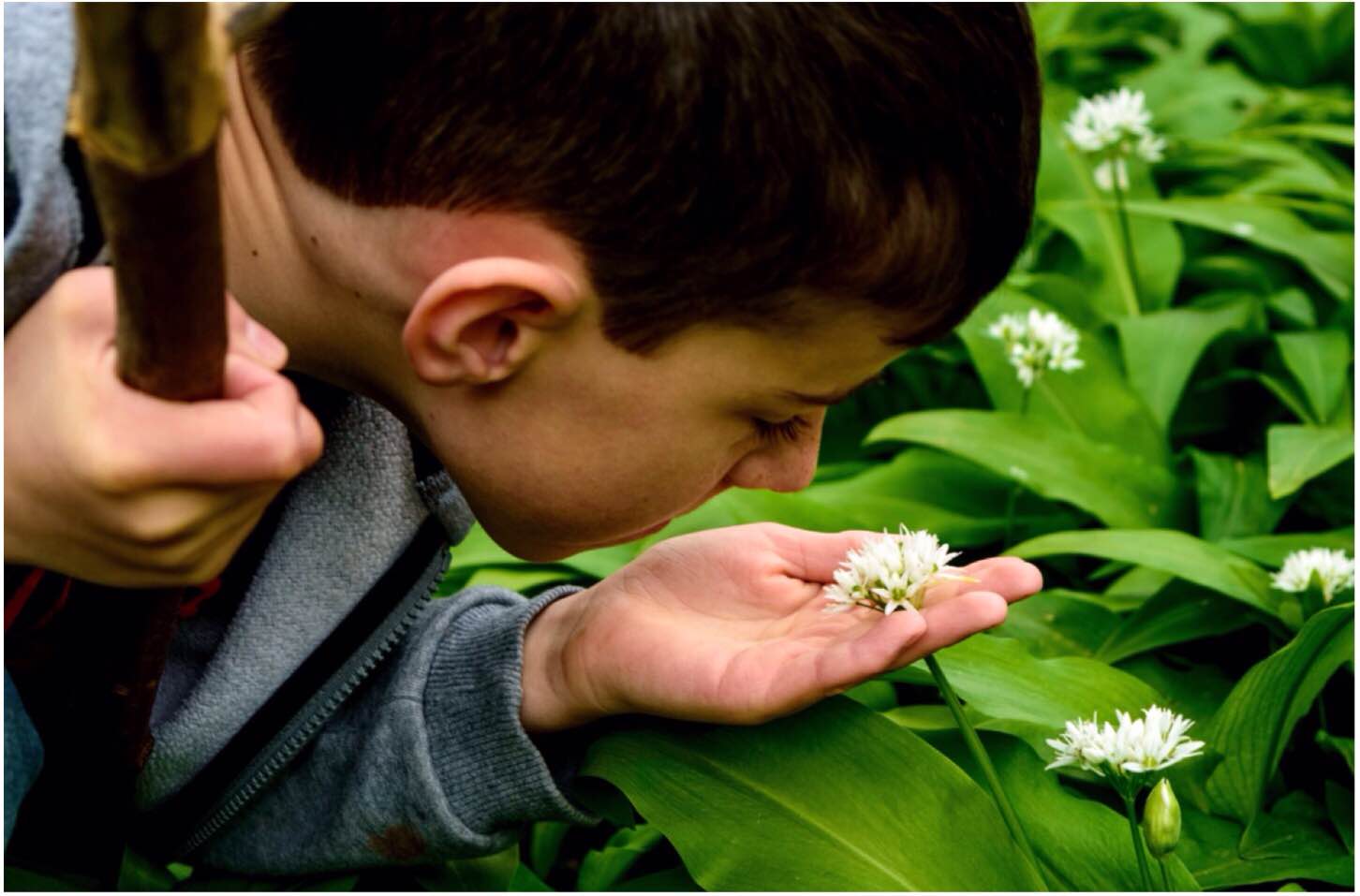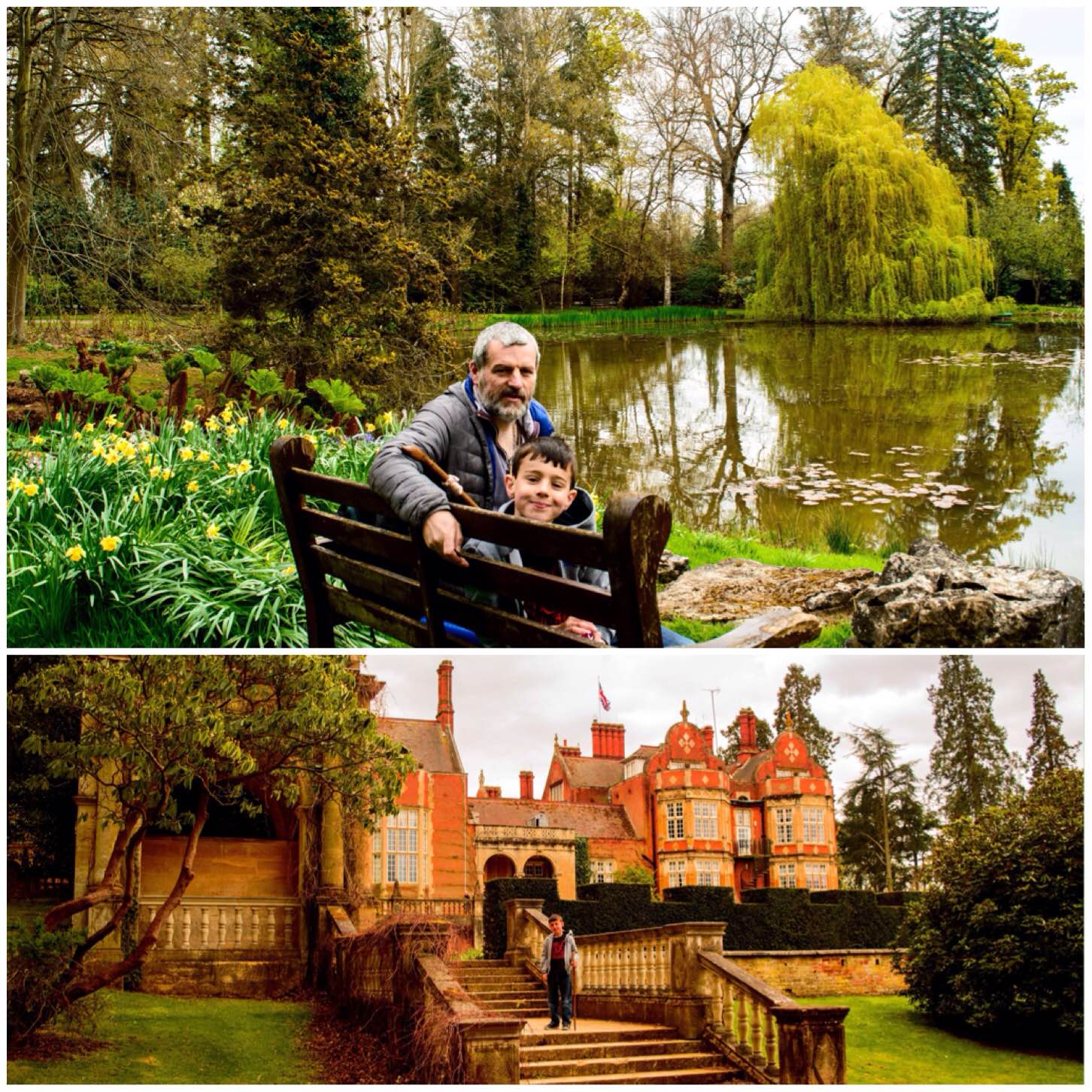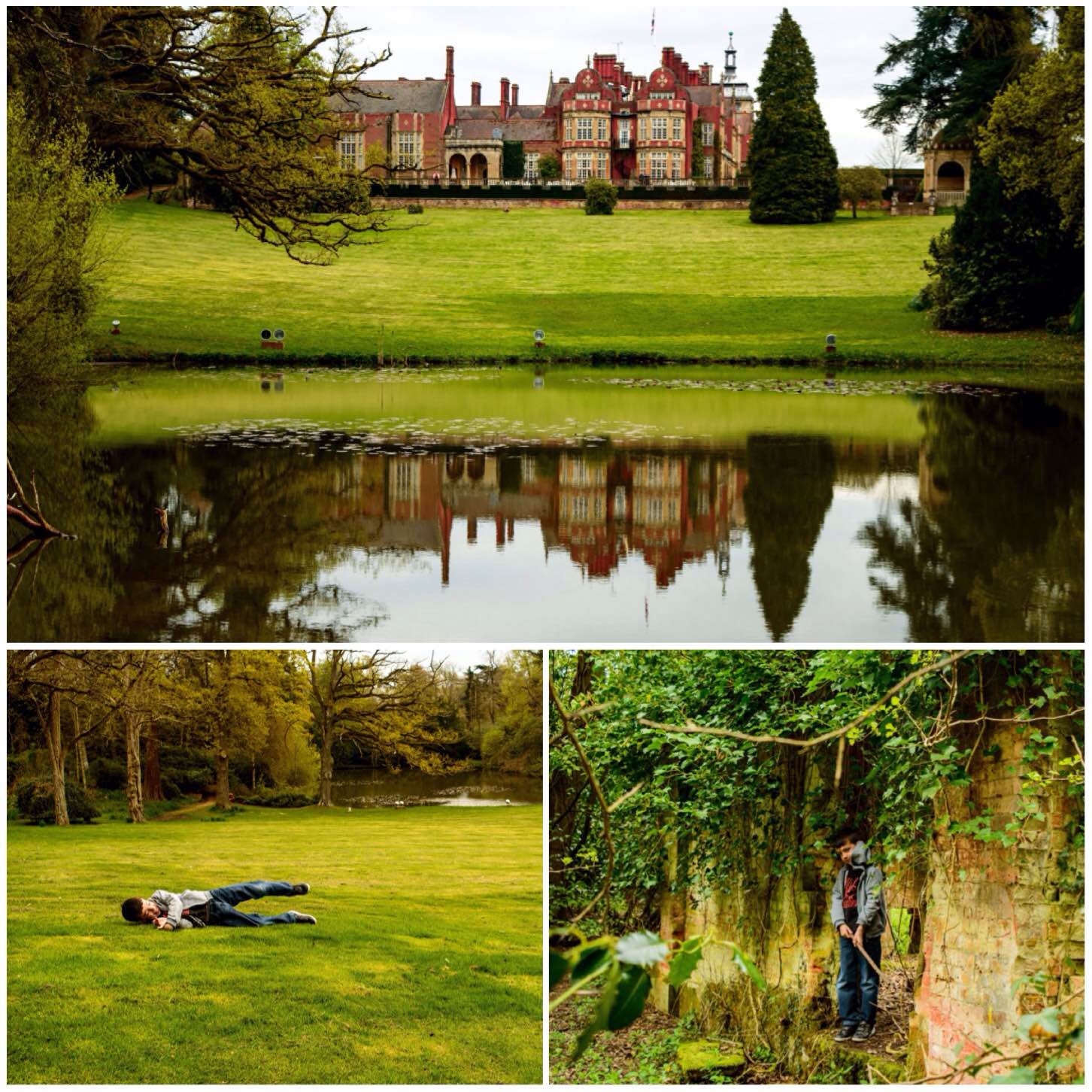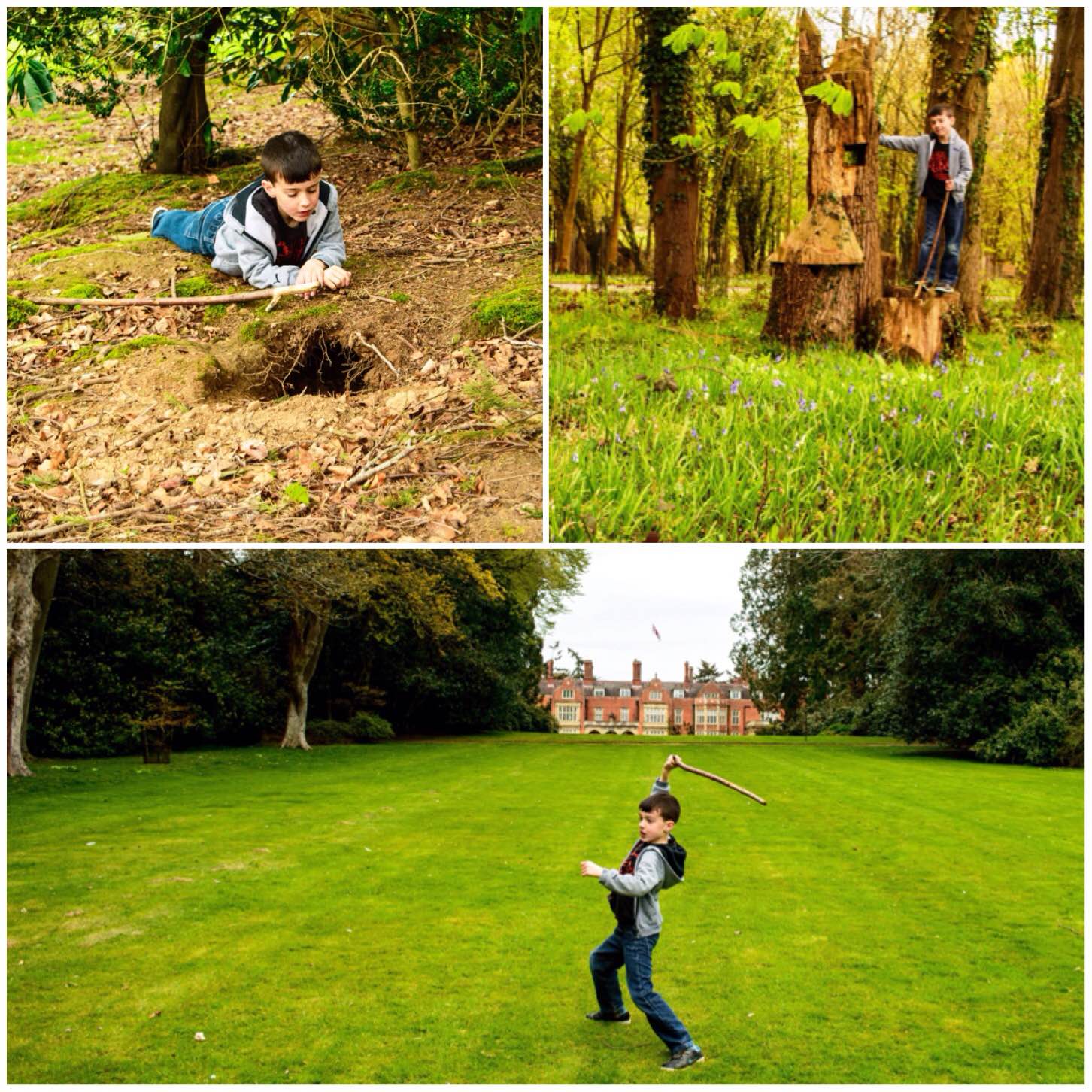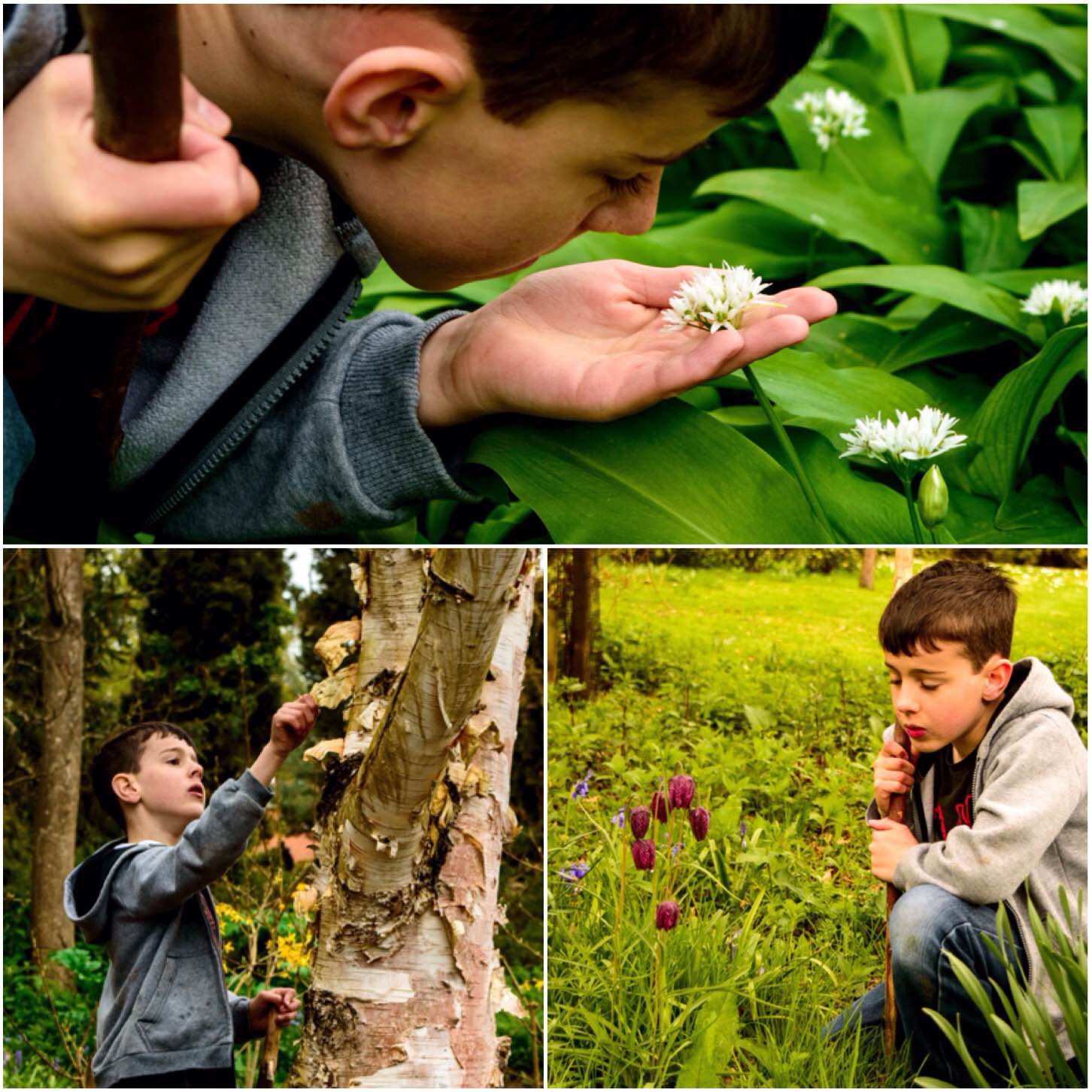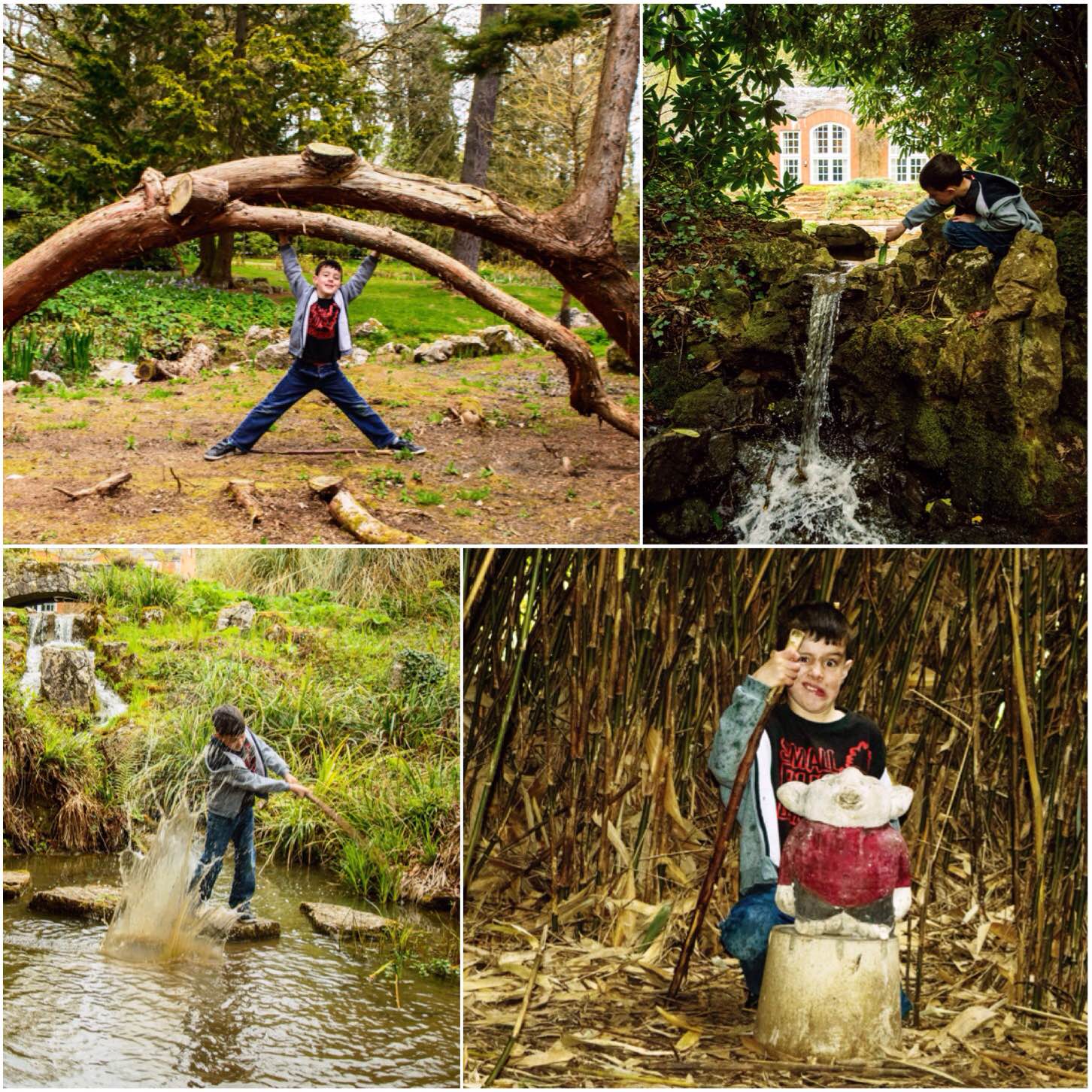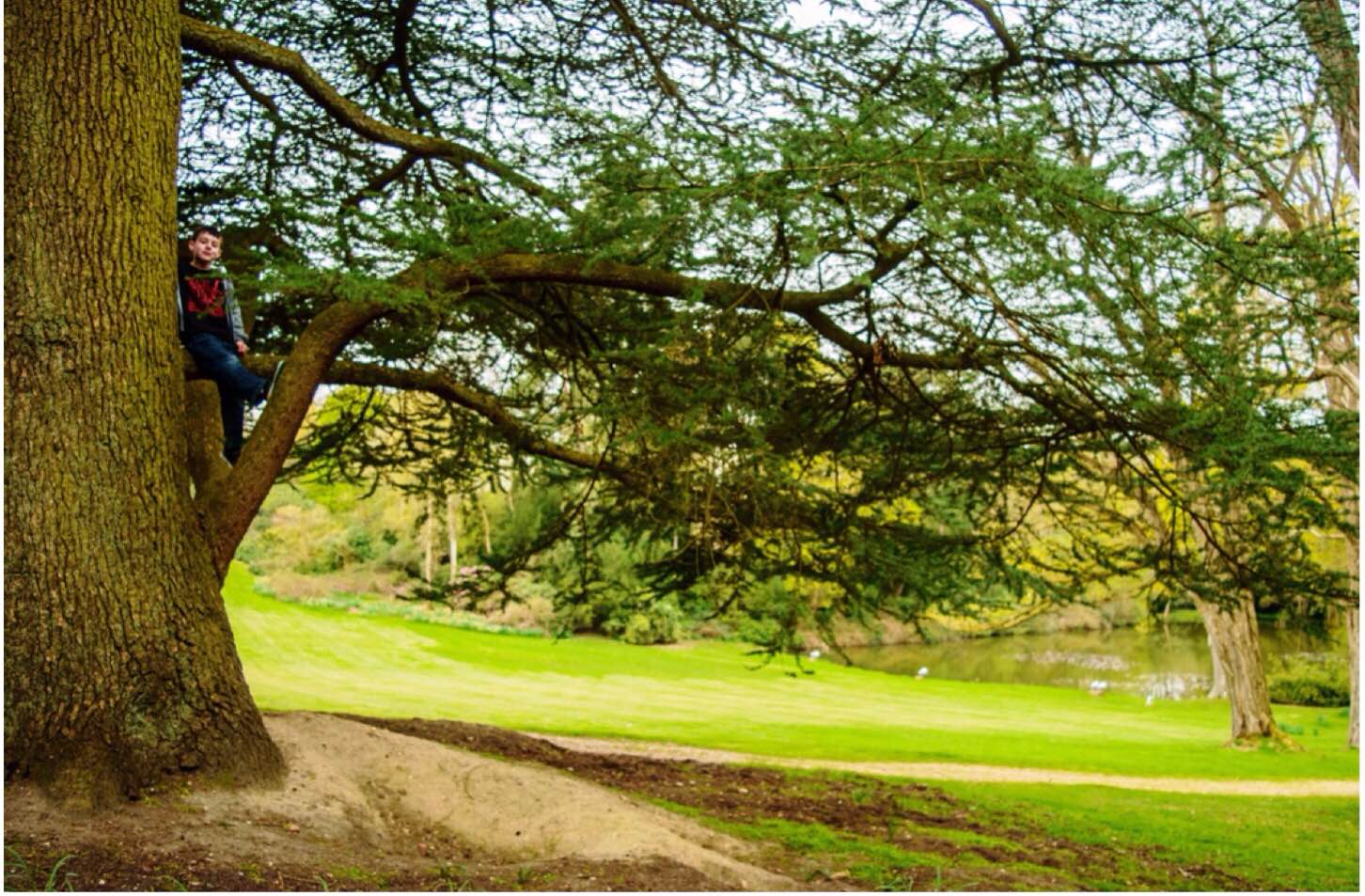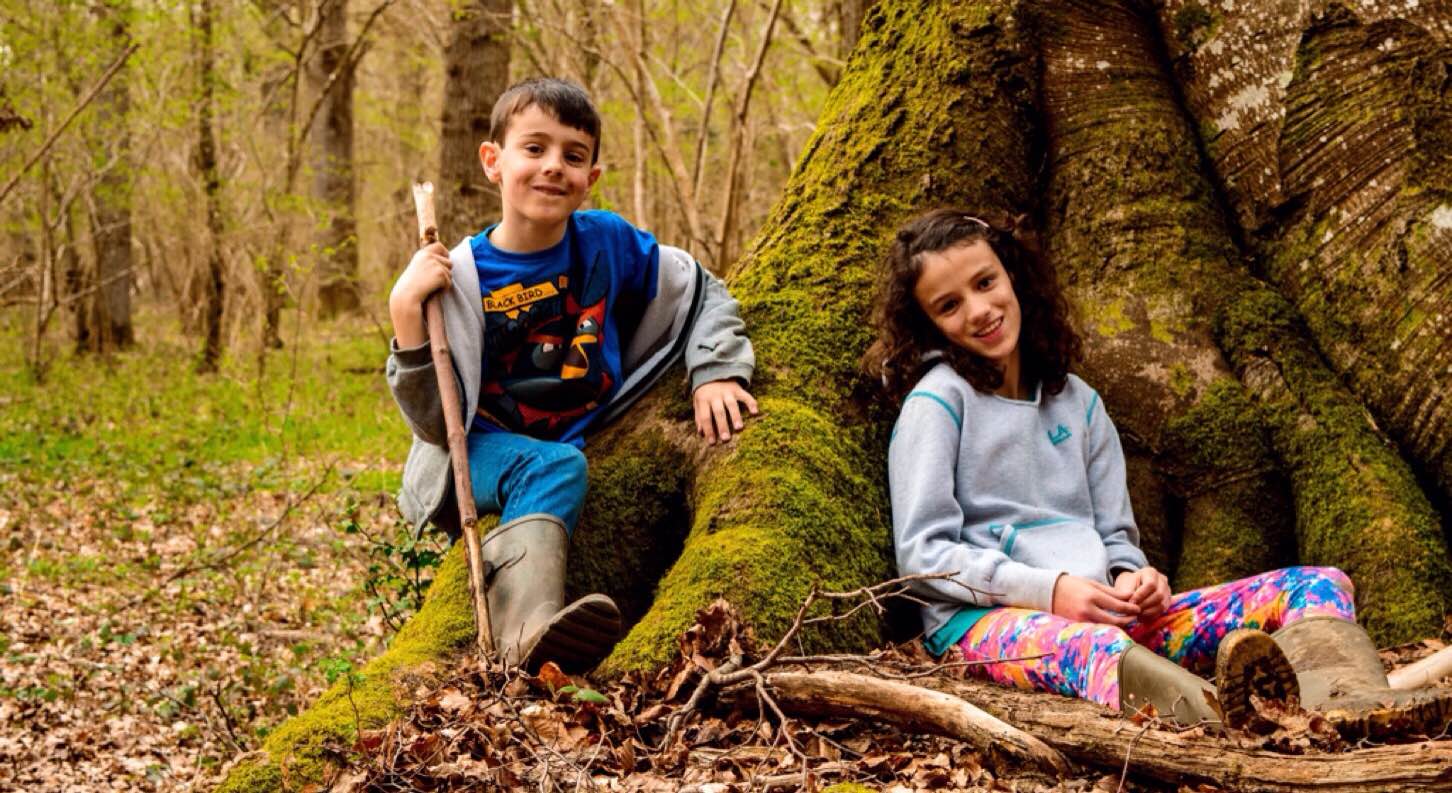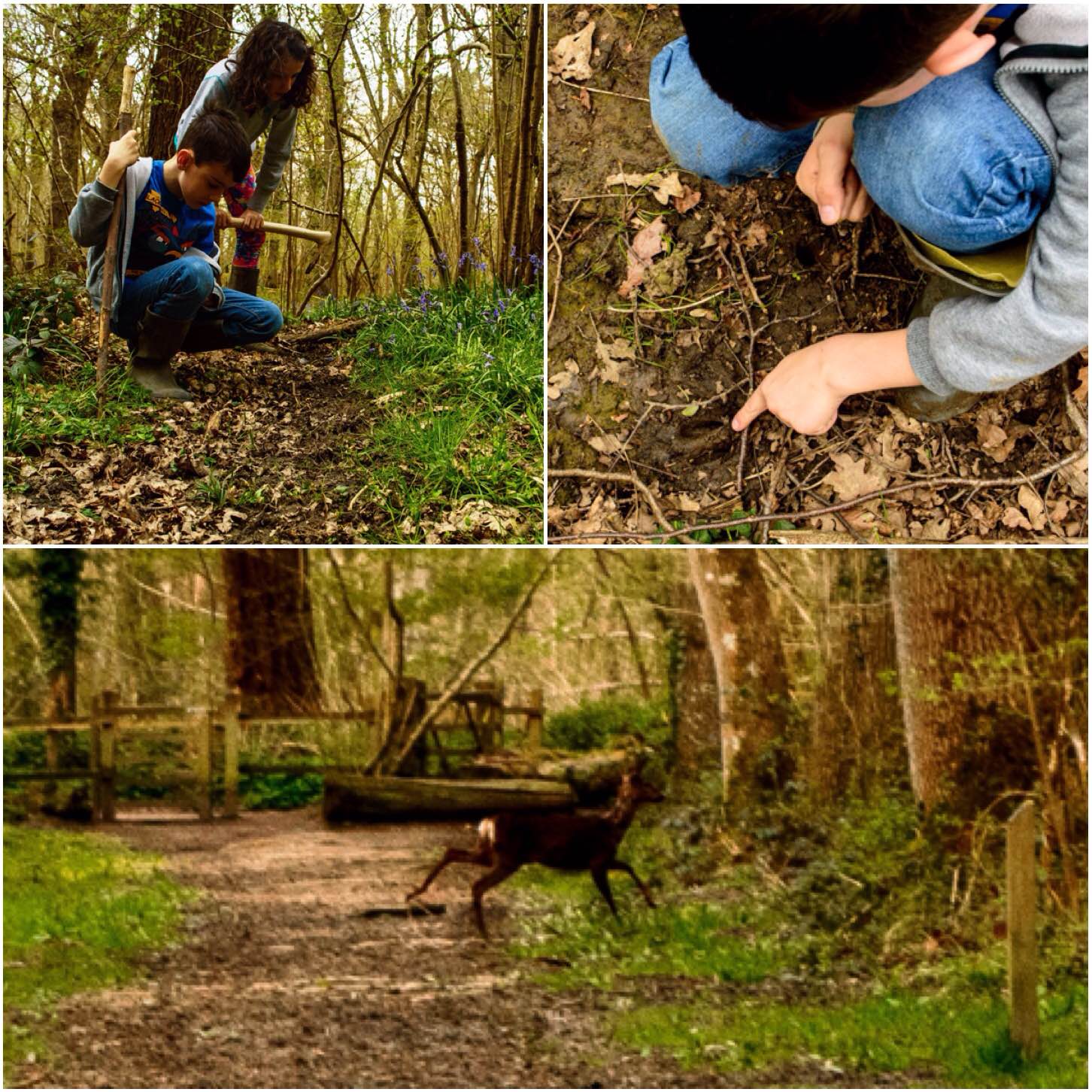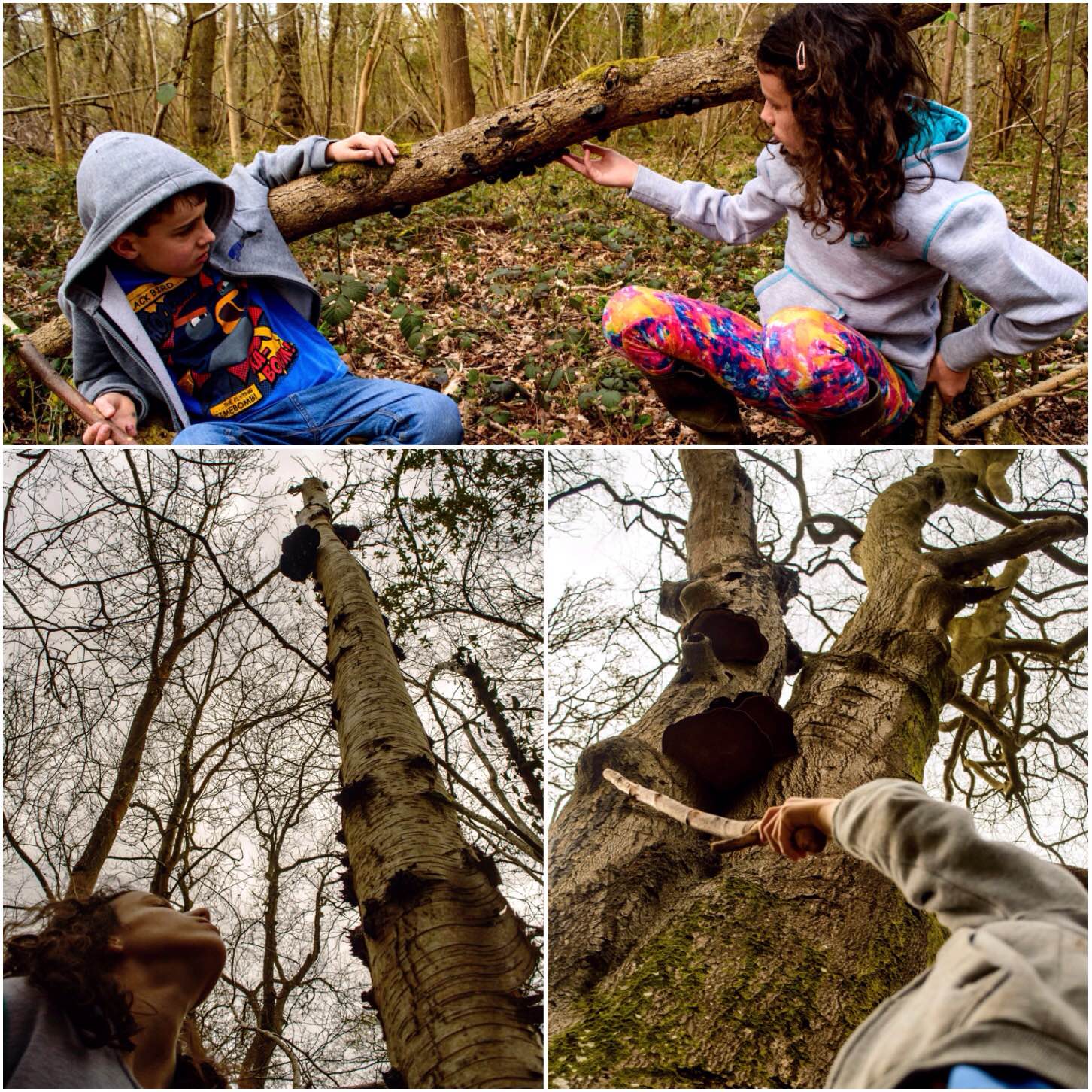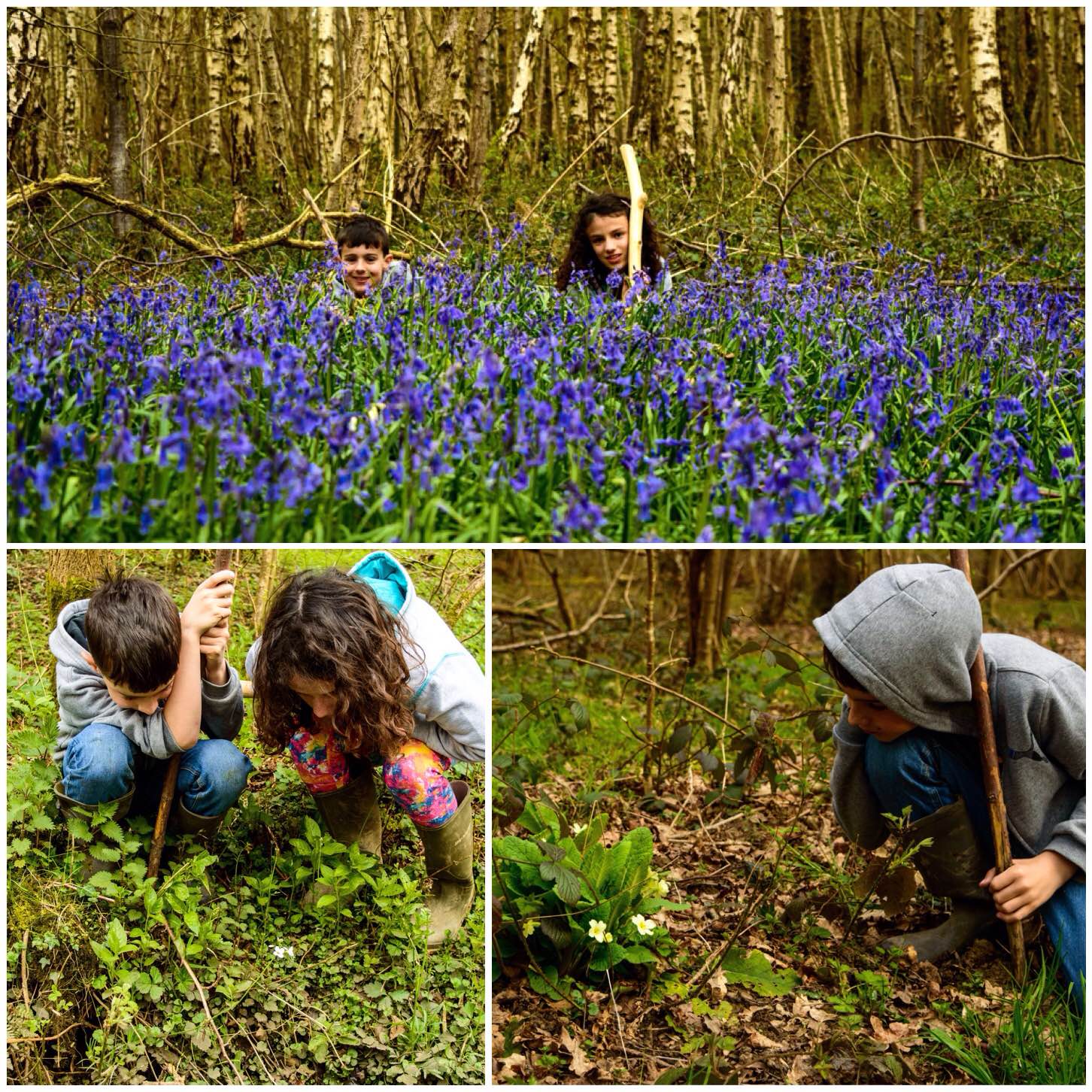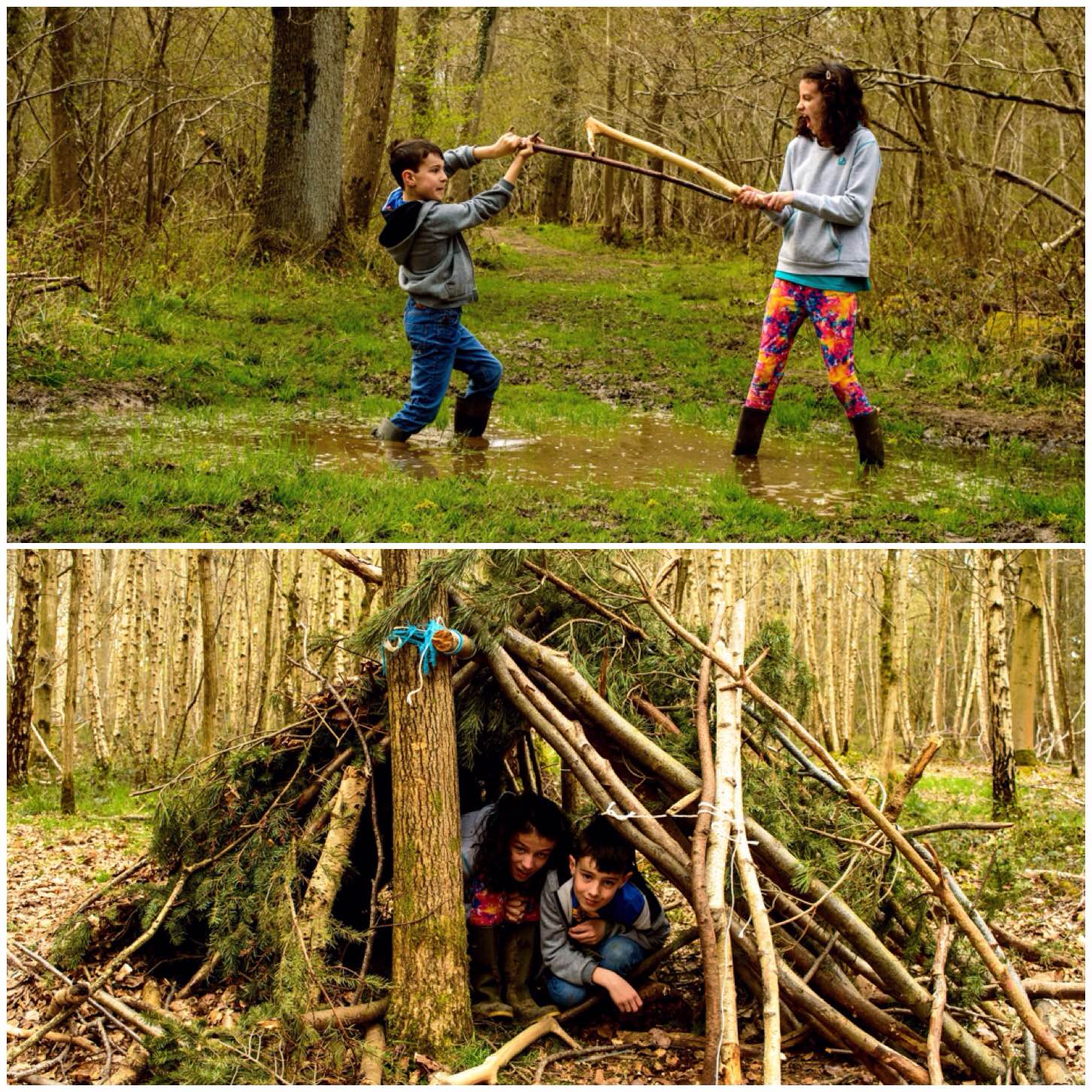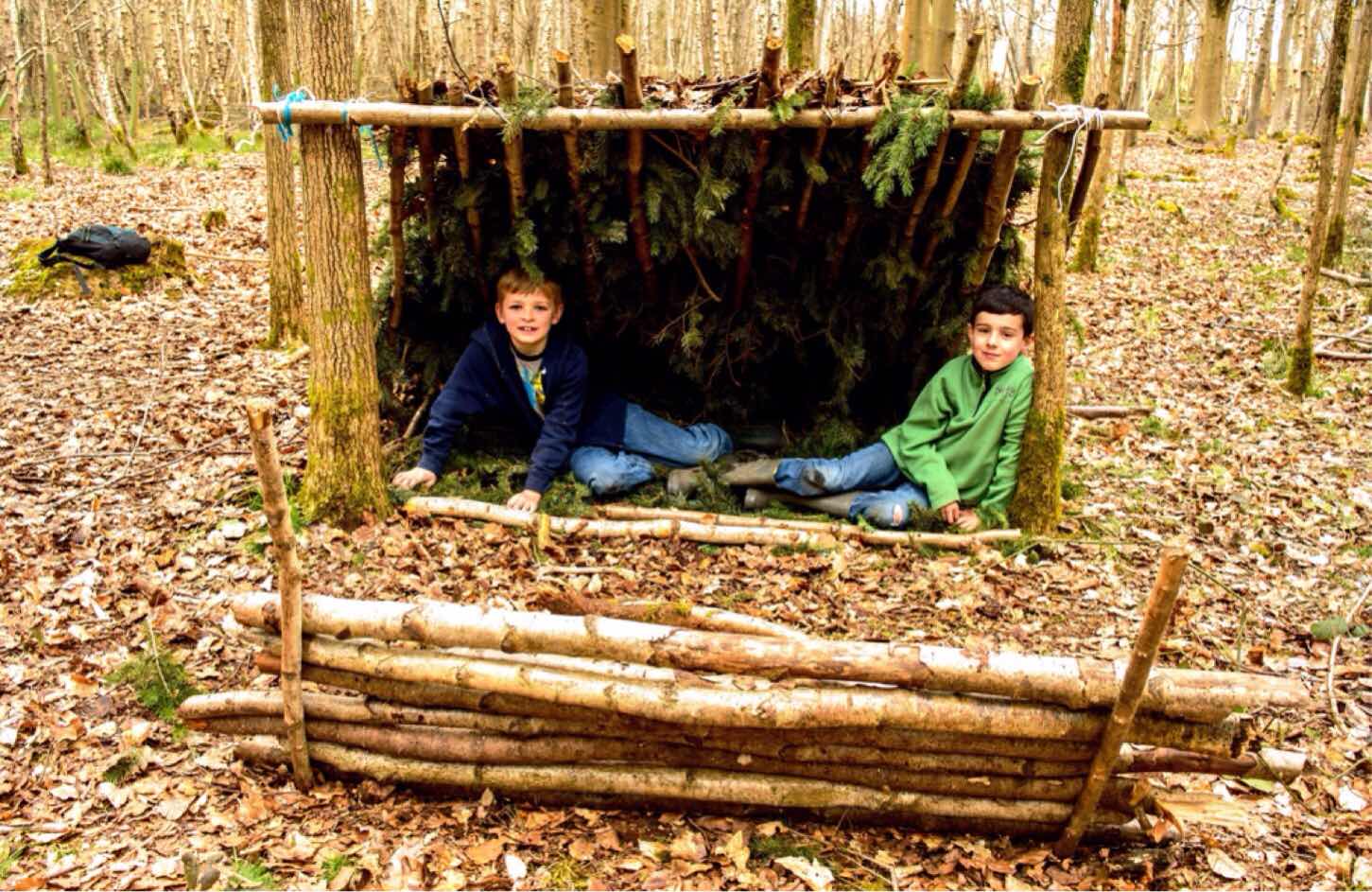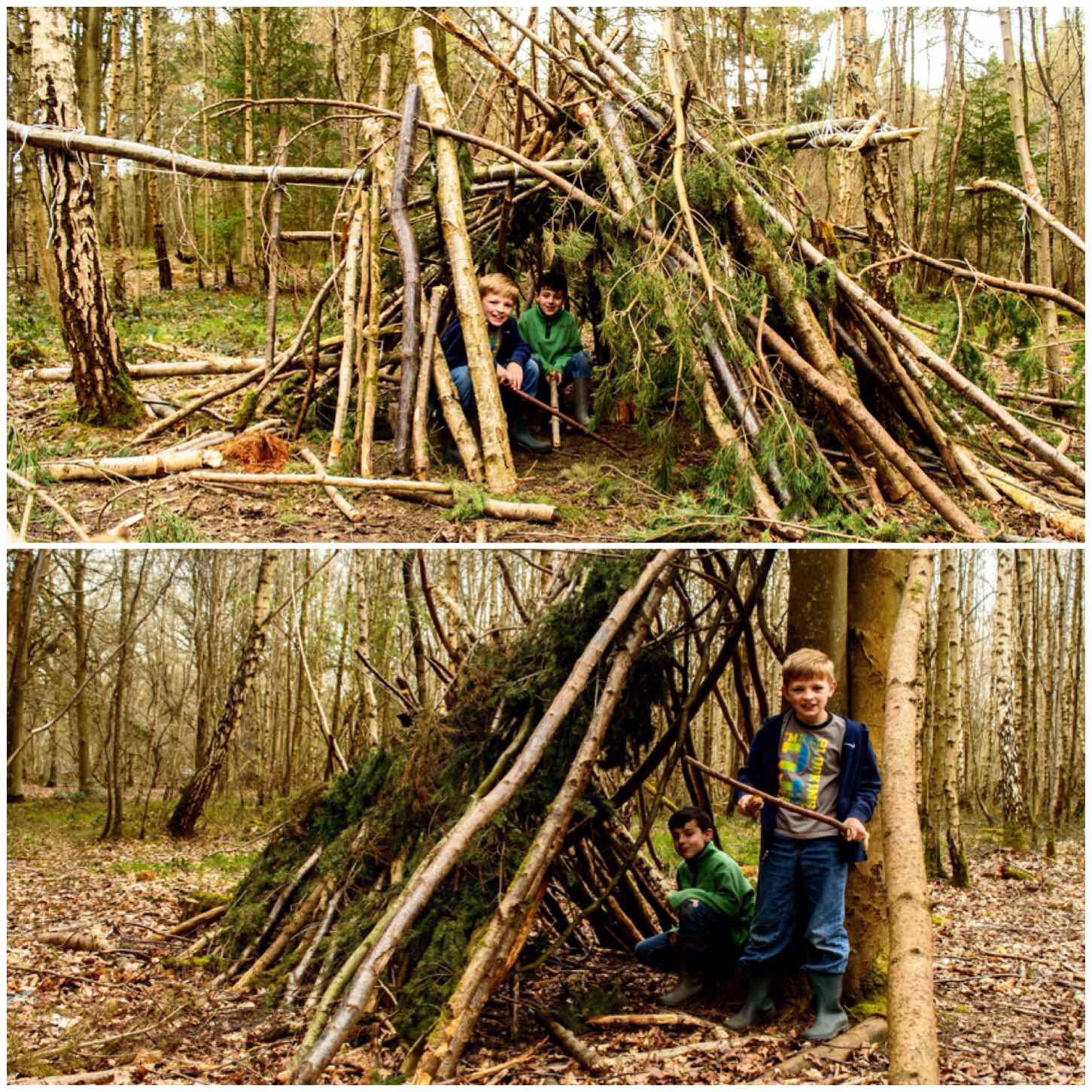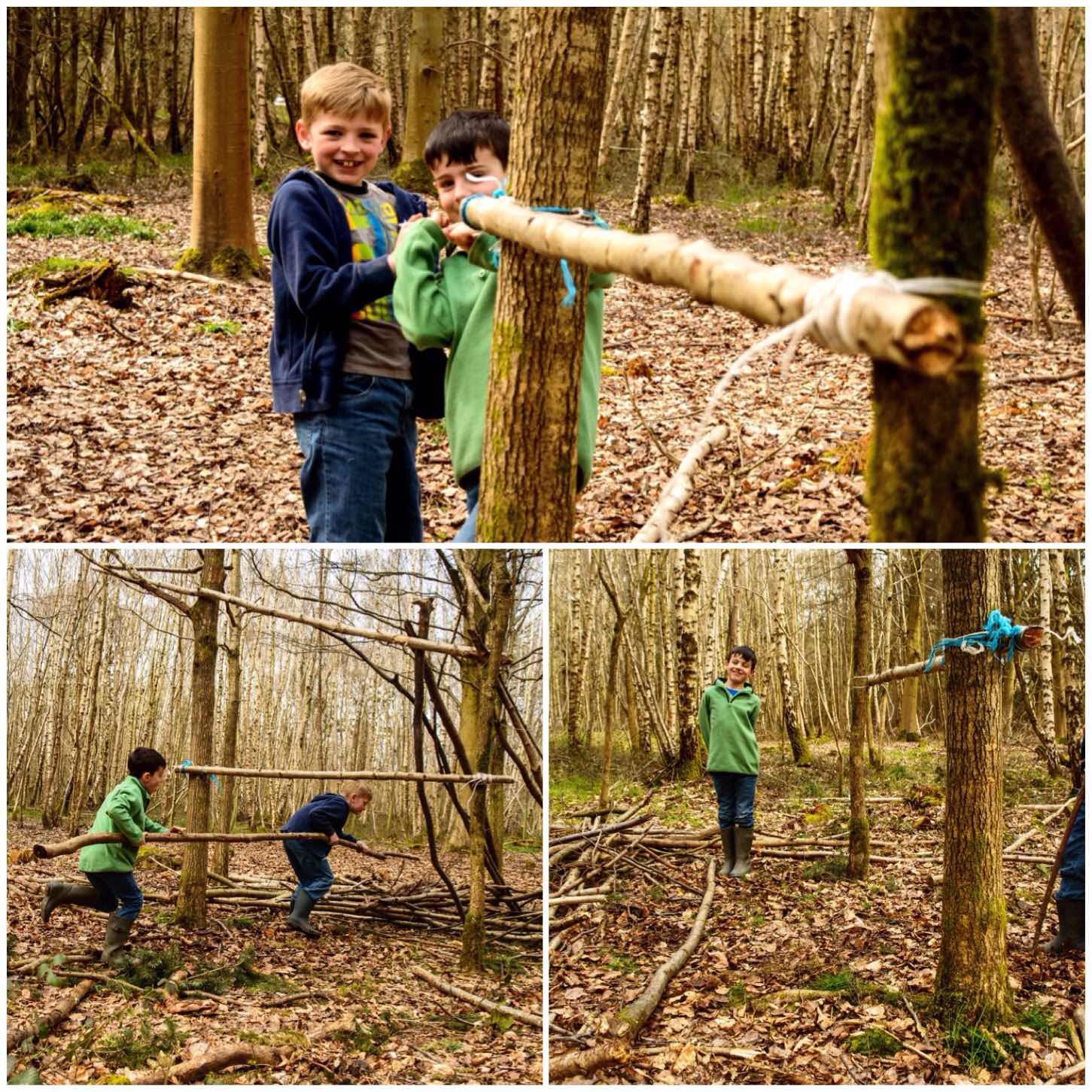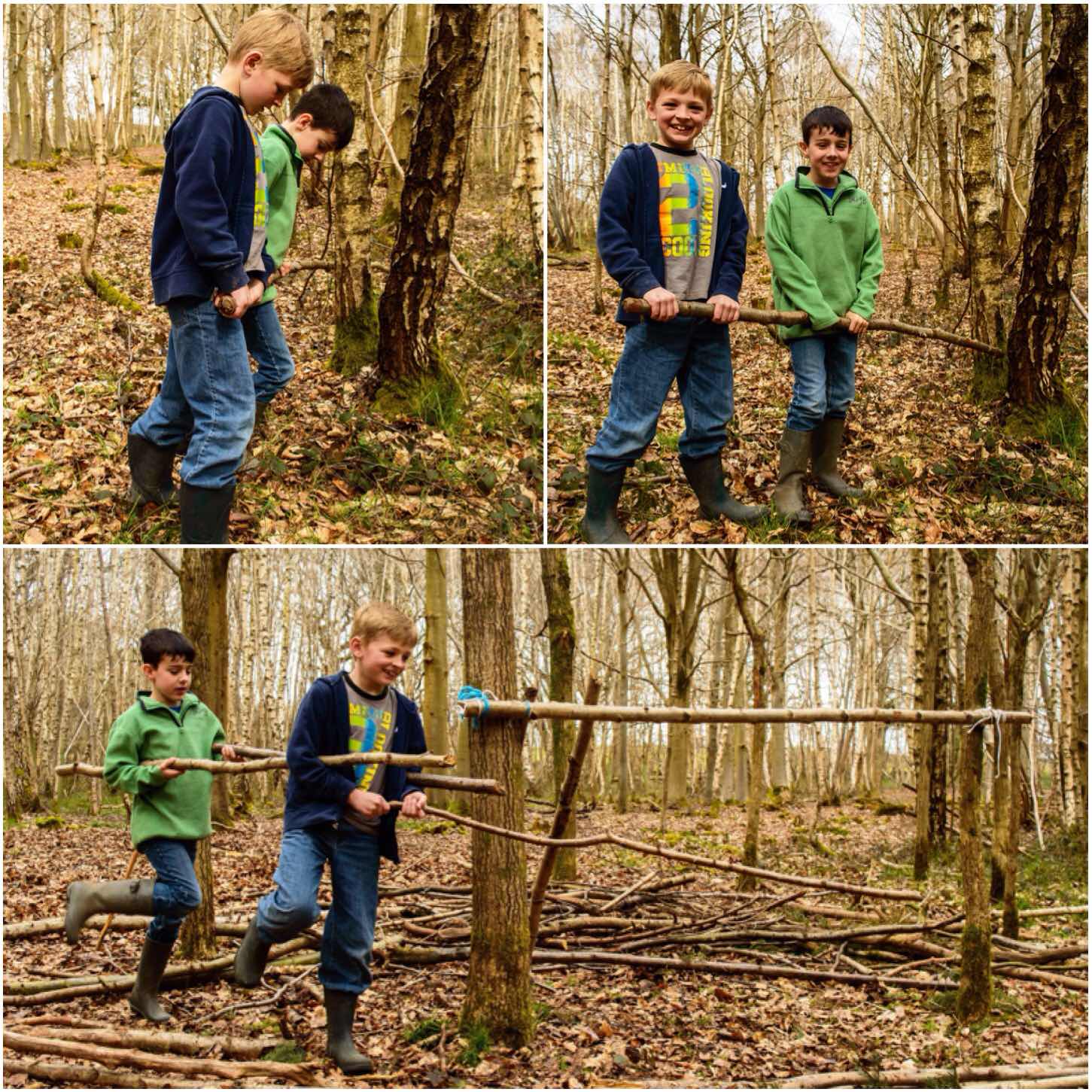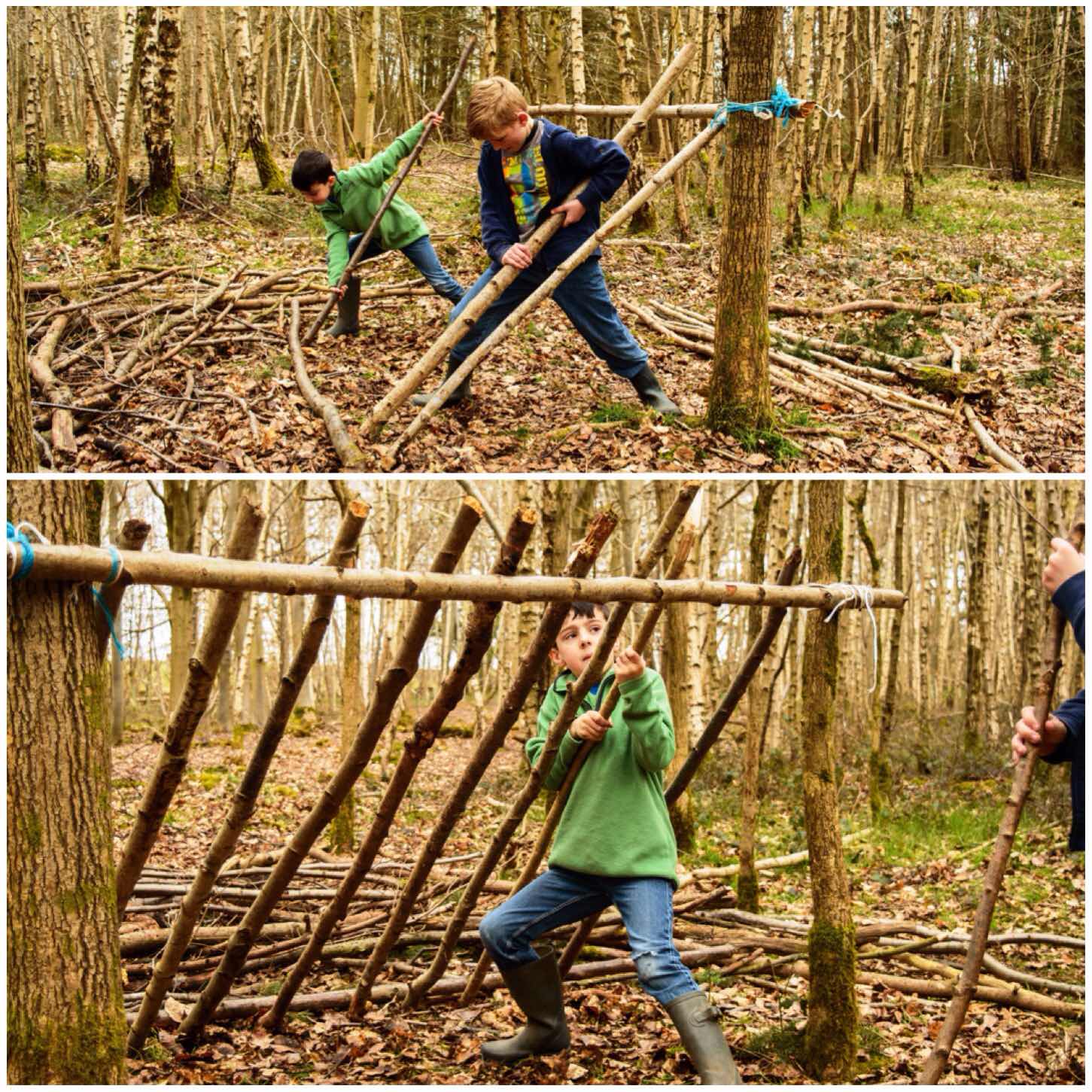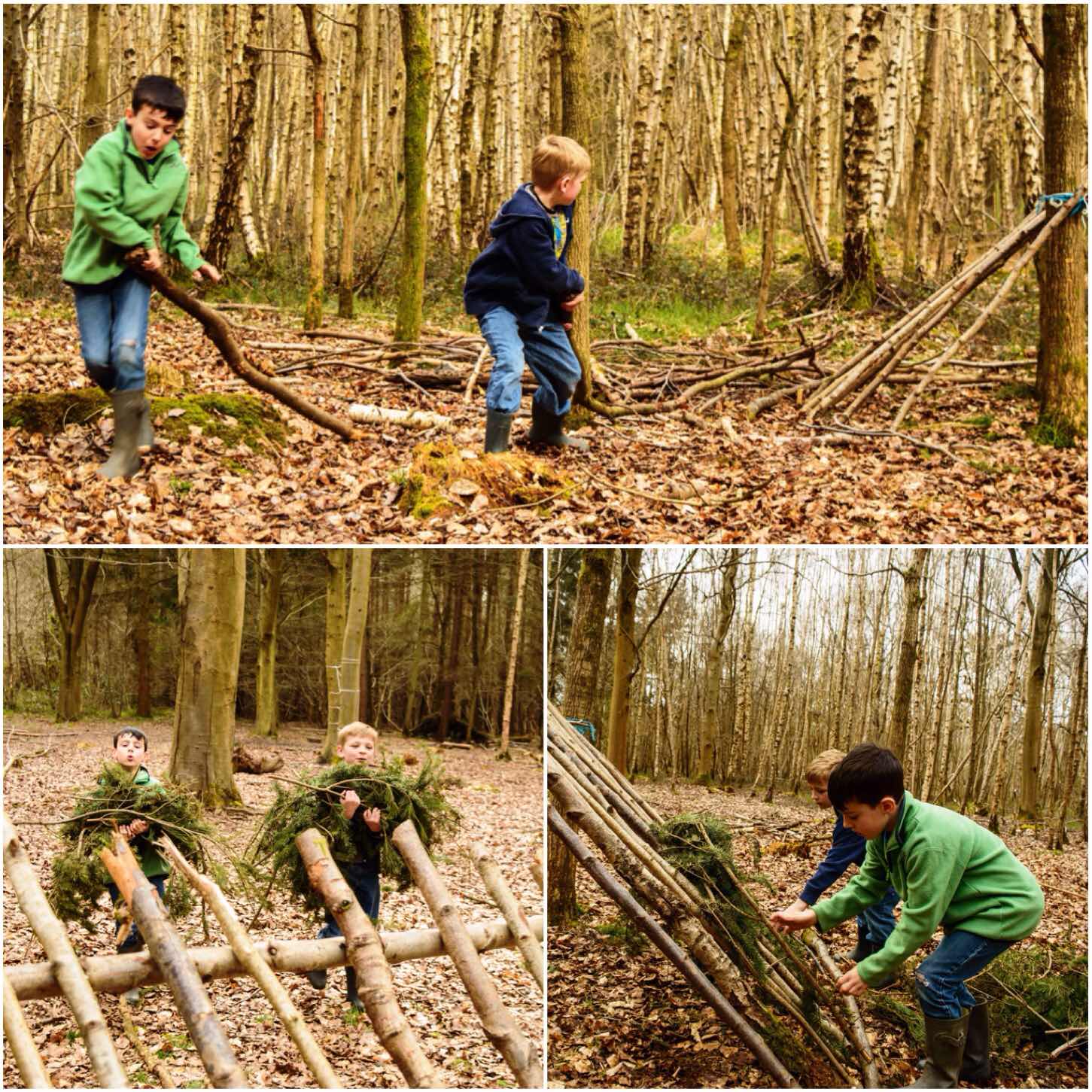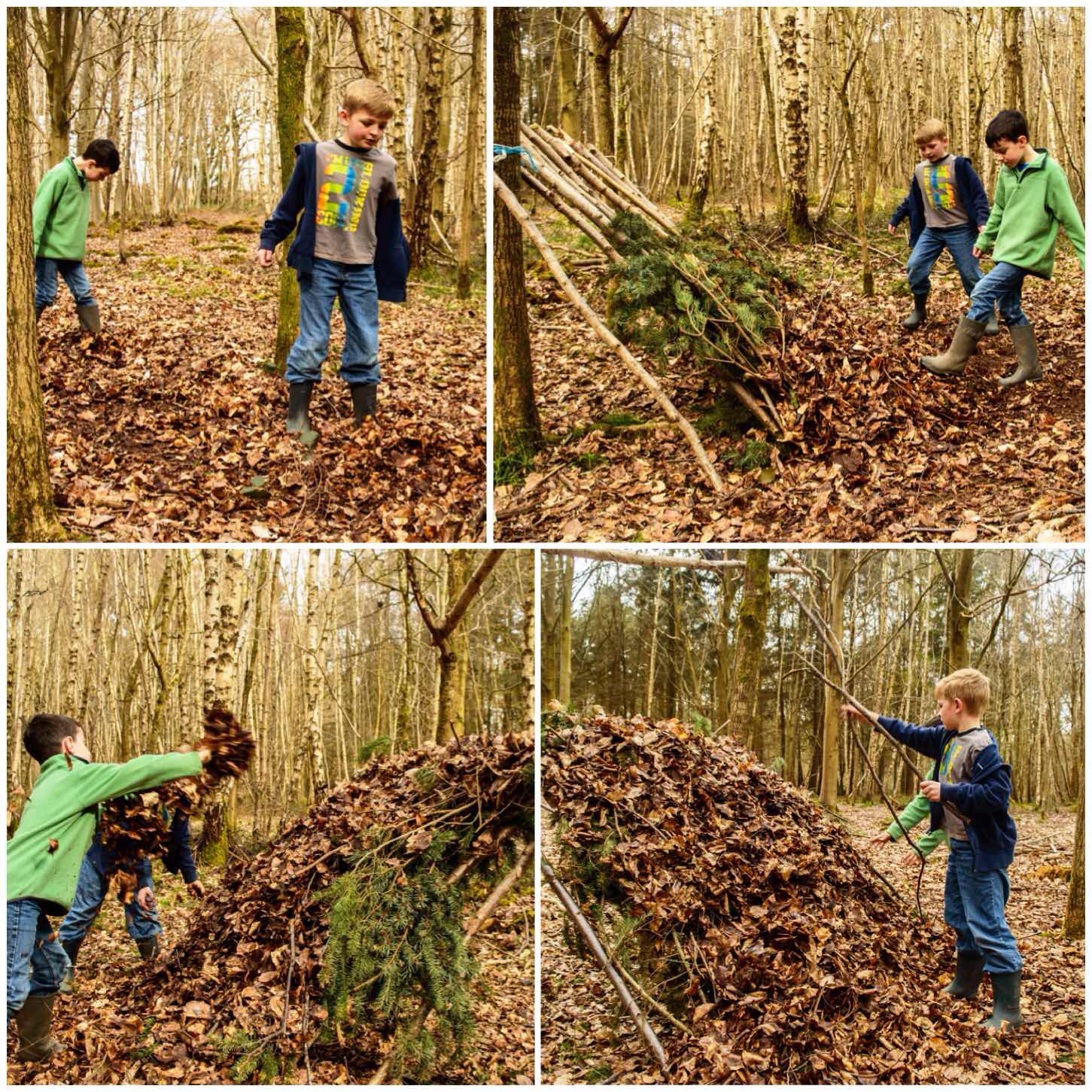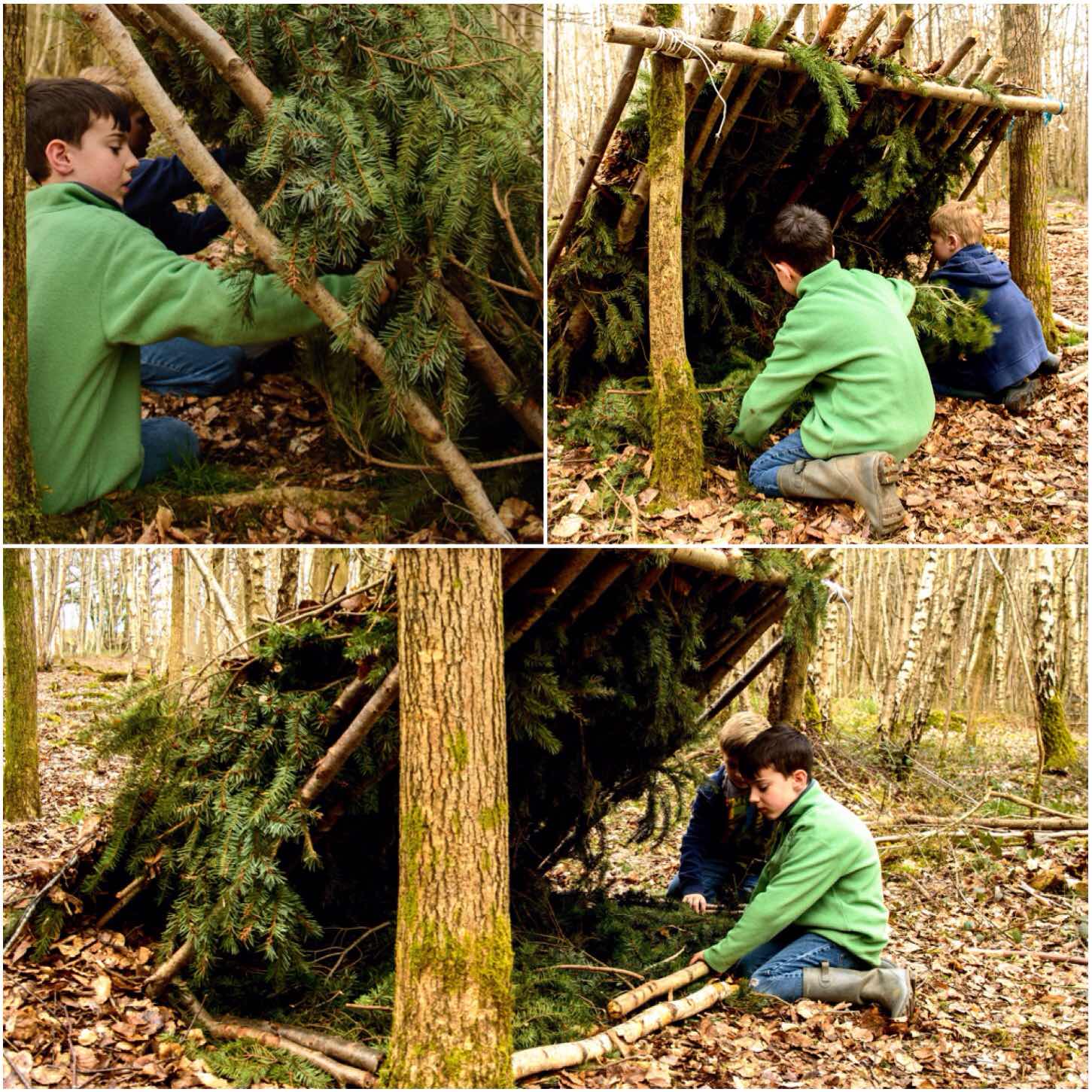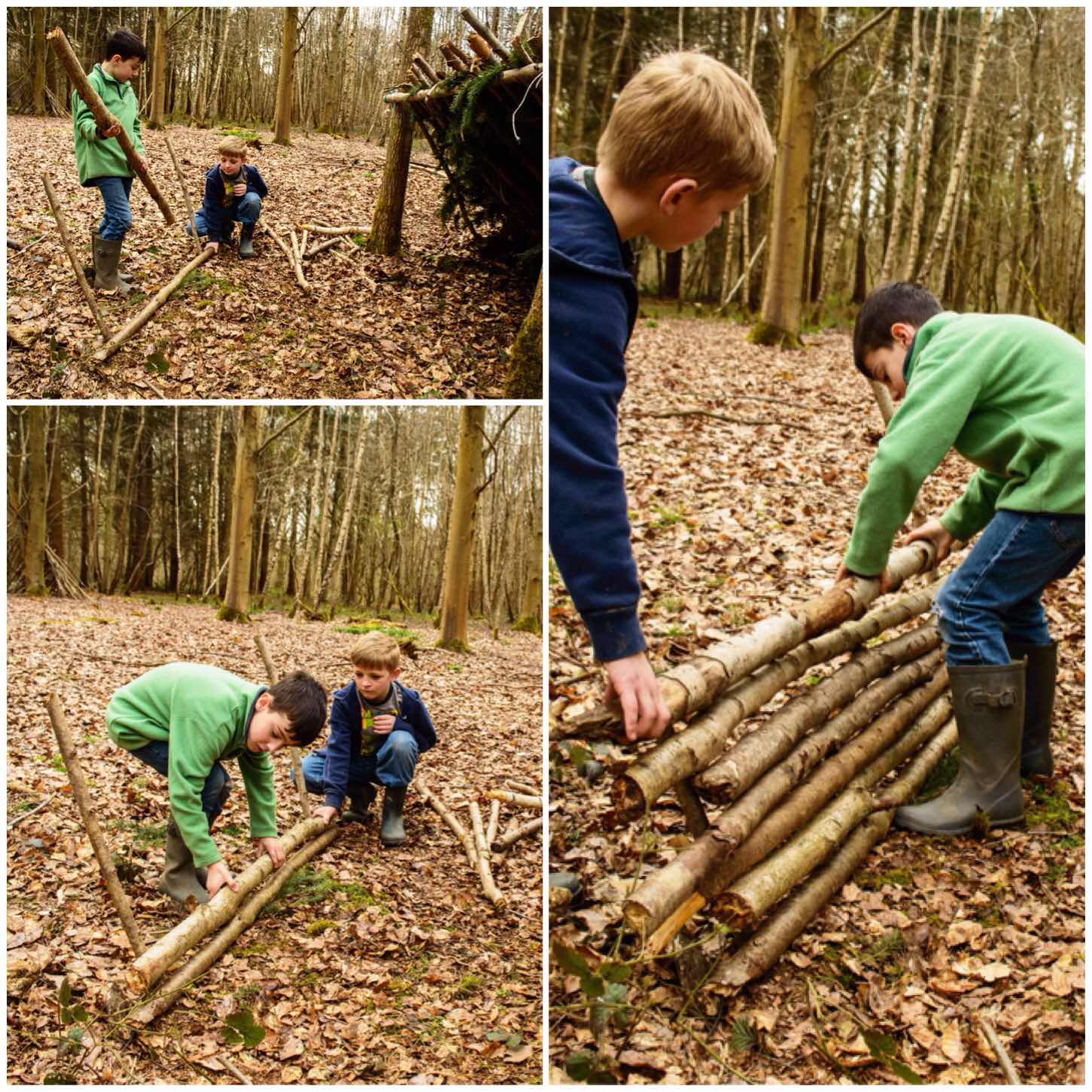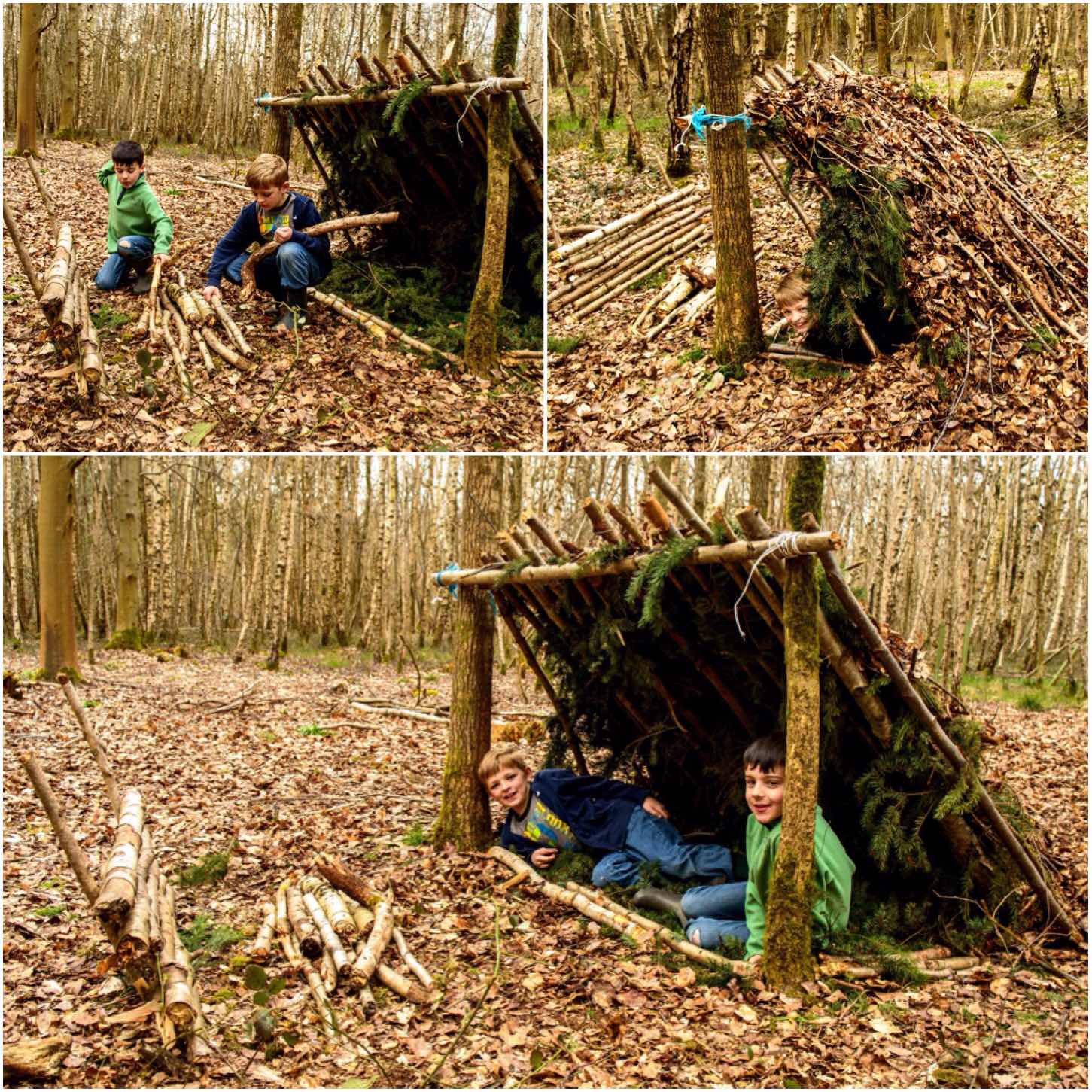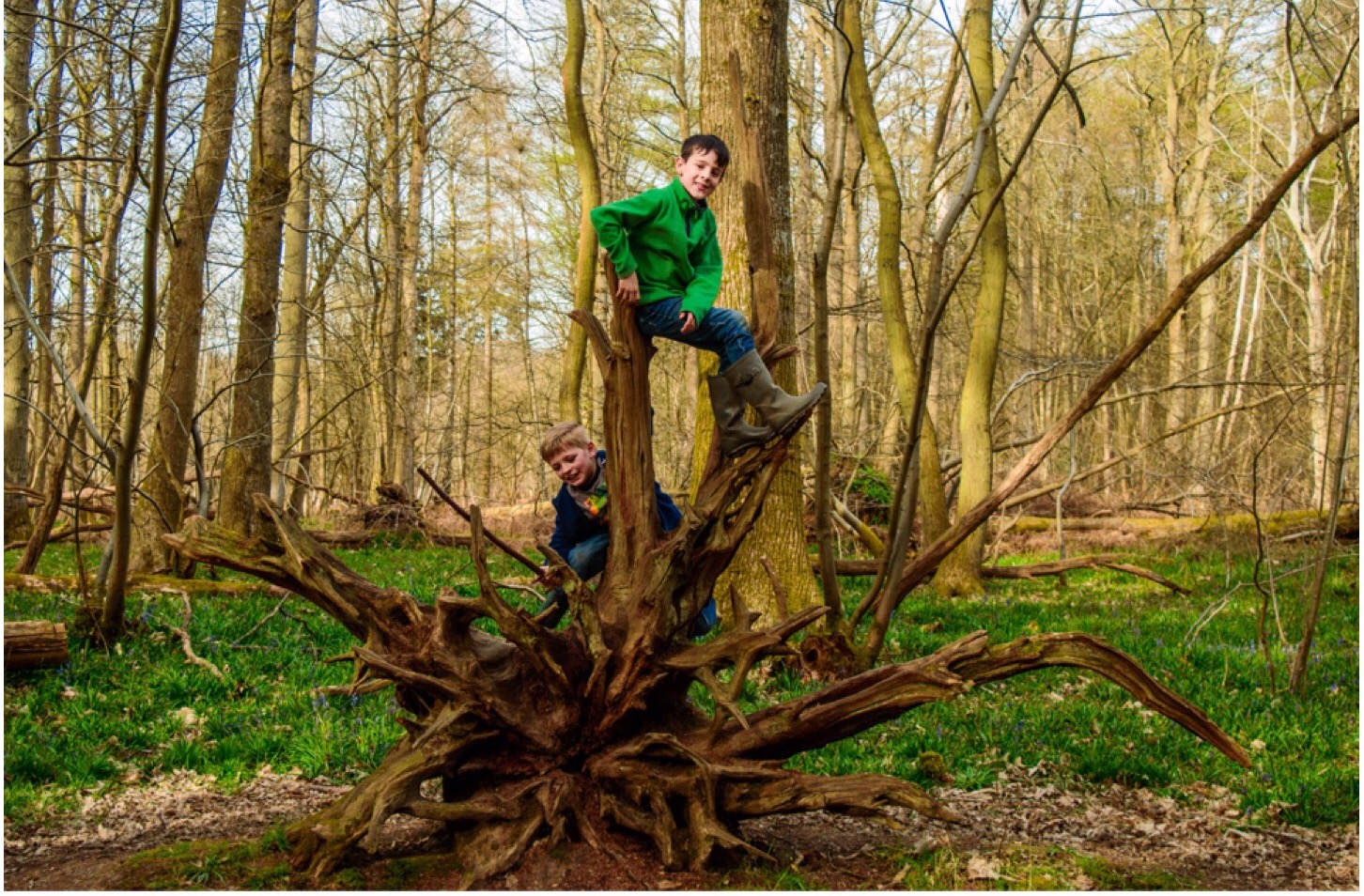For the last three months I have been out on regular bimbles with my son Finlay to observe and learn about nature for his Naturalist badge at Cubs.
This is not an easy badge to obtain and takes three months to complete with a number of different standards to meet (some of the standards have different options to choose from).
The standards/options Finlay chose to do were:
- Observe a natural area over a three month period a number of times to observe and record changes in nature
- Learn to identify six trees and six wild flowers
- Learn the Country Code
- Build a Bug Hotel
Rather than just observe one natural area we spotted three good areas around the village to observe. We visited each area five times over three months to observe the changes occurring in nature.
Area 1 – Scrubland
This site was next to one of his playgrounds and initially seemed very promising (in the hope we would see a variety of different spring flowers) with all the Dandelion seed heads. They were still there on our second visit however the thick grass seemed to be inhibiting the growth of many of the spring flowers we were hoping to see.

Over the following visits we spotted a few White Campion flowers and some Green Alkanet however it was the grasses, Docks and Cleavers (Sticky Willy) that seemed to dominate in the end. Finlay seemed happy with that as I usually found loads of Cleaver strands stuck to my back when we got home 🙂

Area 2 – The Pond
I have been observing a particular pond in our village over the years and knew it would be good for Finlay to observe changes in nature.
The pond is full Reedmace (aka Cattail), Iris, and ringed by Marsh Marigolds and Mare’s Tail. Initially all the growth was very subdued however you can see in the second picture below (2nd visit) that there was far more shade as the plants had started to grow. Finlay is in the same spot in each picture to observe and act as a measure to the growth.

There is always something happening at the pond with wildlife. Usually we disturbed a duck or two but we did spot plenty of frogs and insects. One visit we found a dead pidgeon by the side of the pond and noticed that the Iris had started to produce its seed heads near the end of our visits.

Over the last 3 visits the Iris and the Reedmace soon came to dominate the pond and the outer ring of Marsh Marigolds generally died back.

Area 3 – The Stream
We have a culvert near our house and there is a good patch of Reedmace growing beside it. This spot I thought ideal to show Finlay how quickly this plant grows.
Initially it was the last years growth that dominated the stream with a lot of Hedge Garlic growing beside it. Over the subsequent visits the spring flowers all died off and the Reedmace shot up.
The growth you can see below happened over a two and a half month period.

On our last visit we spotted that the pollen spikes of the Reedmace had appeared. These are a great plant for any bushcrafter as the young spikes can be boiled and eaten, the roots are edible as well as the young plant shoots.
As this plant grows frequently beside (as seen by the pond) its lookalike poisonous neighbour – Iris, learn to 100% identify both plants before attempting to forage Reedmace.

Trees and Flowers
Over the last three months we studied our trees and wildflower as well as Finlay had to learn to identify six trees and six wildflowers.
For trees we focused on Oak, Hawthorn, Sycamore, Beech, Holly and Hazel. We started this on our first forage way back in in May when we went out on our first foraging hike together – Foraging with Finlay. He is pretty confident with most of the trees now however he still has to think about some of them. We remember them by shapes i.e. the star for Sycamore, ear lobes for Oak, spikes for Holly etc.
Some of the flowers we saw regularly included White Campion, Forget-me-nots and Herb Robert. I think he struggles with White Campion as that one disappeared early but then again not many people can easily identify it.

One he does remember easily is Green Alkannet (something to do with the blue flower and it having the word ‘Green’ in its title I think), Self Heal and Wild Strawberries. The white flowers of Strawberries he remembered well, in anticipation of the feast we had on the last visit.

It was not all learn, learn, learn as we had lots of fun along the way. Sometimes his sister Catherine joined us, there was lots of time spent in the parks , some beautiful insects were spotted and best of all we got muddy and spent quality time together.

The Countryside Code
We spent time talking about how we treat the countryside while out and about. When I was a young lad we all had to be able to recite the country code however that list has now fallen out of favour now. The main aims now are to ‘Respect, Protect and Enjoy’ the countryside. Our trips would touch on these aims and a good pamphlet on the current code can be found here at the Peak District website.
The Bug Hotel
The last standard for the badge was to build something for nature. We opted for a Bug hotel in the garden. Finlay, Catherine and one of his friends (another Finlay) spent a long time collecting and building their Bug hotel. I wrote a separate post on this titled – Building the Bug Hotel.
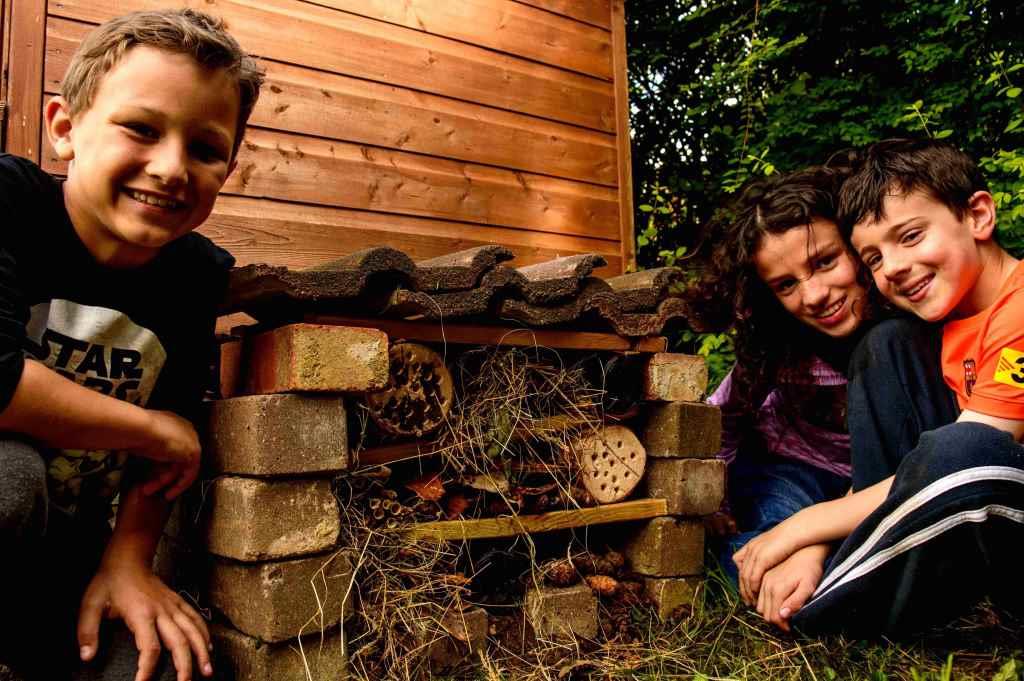
It has been great fun working on this project with Finlay. He really deserves his Naturalist badge now and I look forward to working on some of these more challenging badges with him in the future. One day he will no longer need me to help him but in the meantime I intend to get out and about with him as much as possible.
Cheers
George
